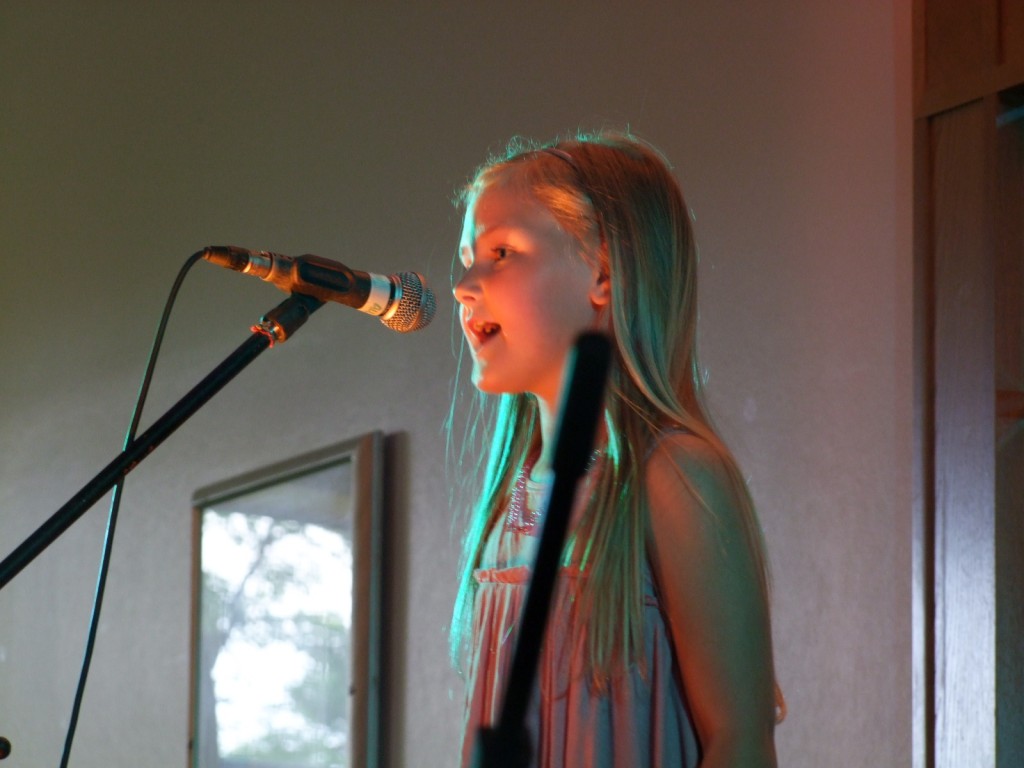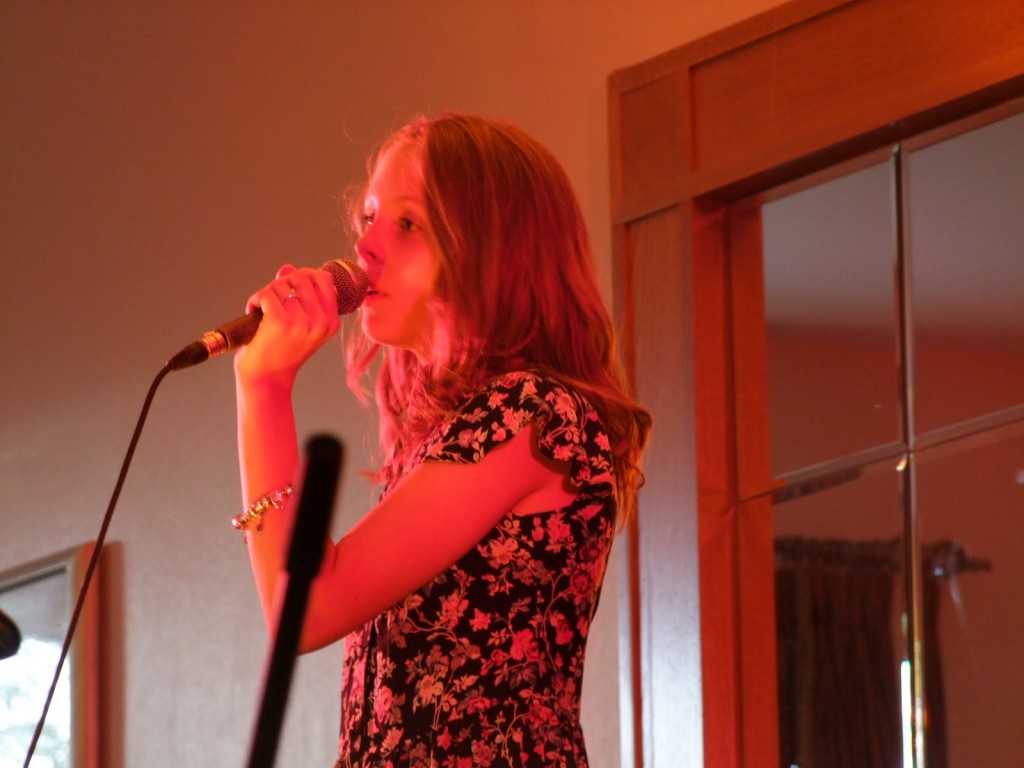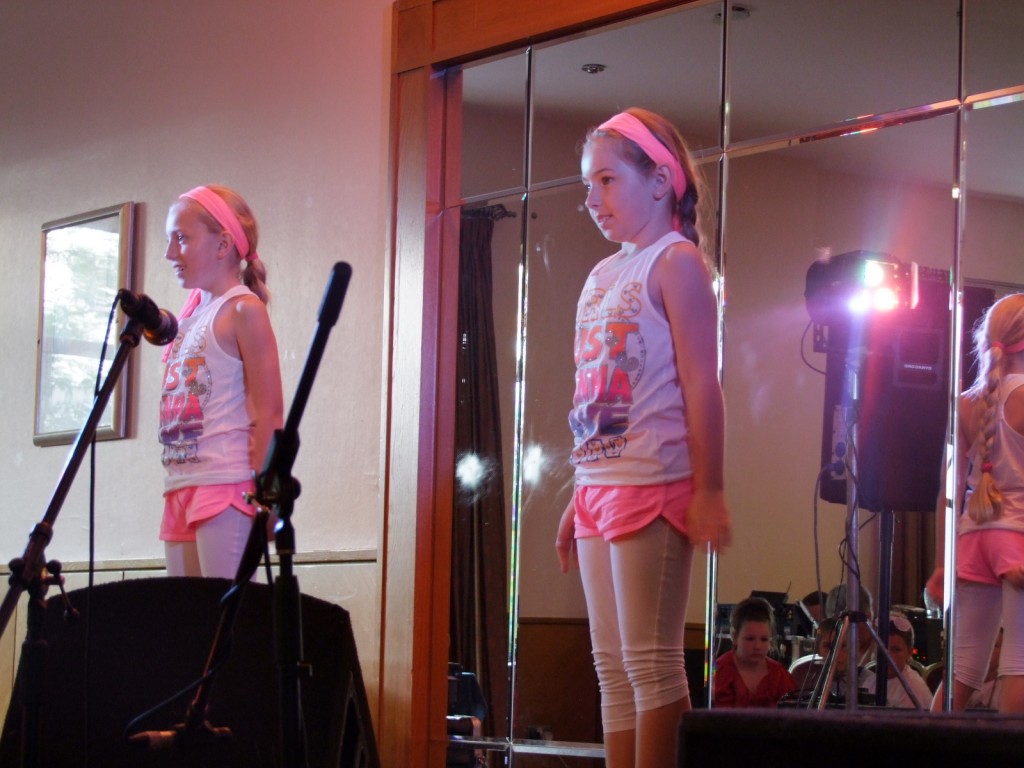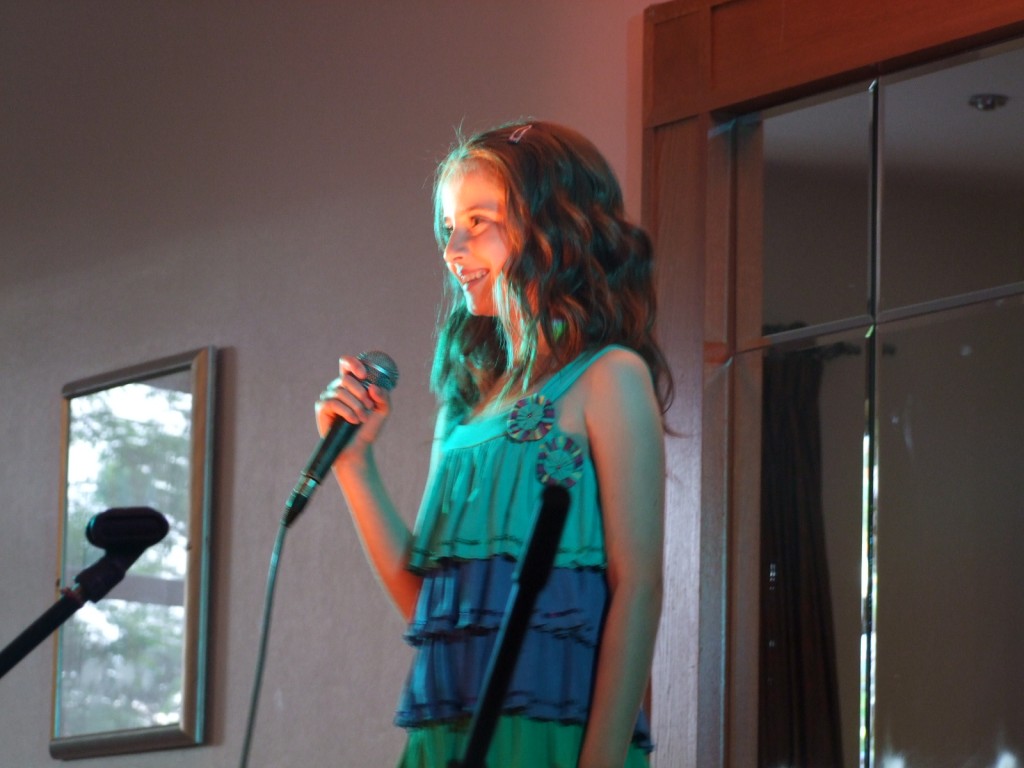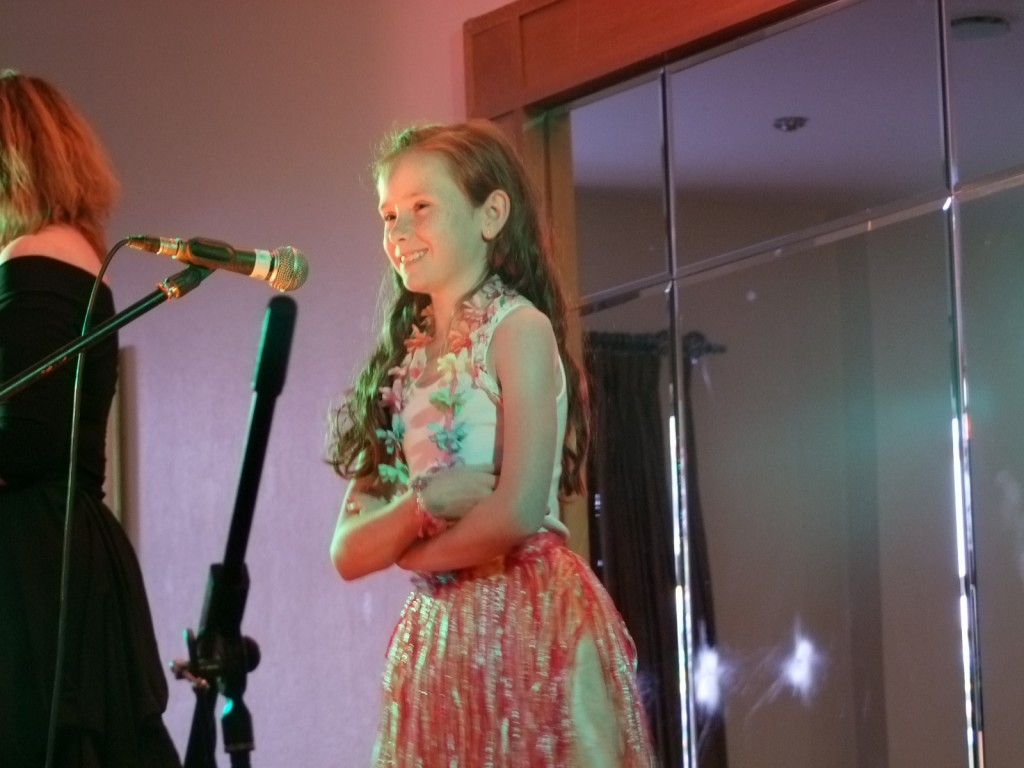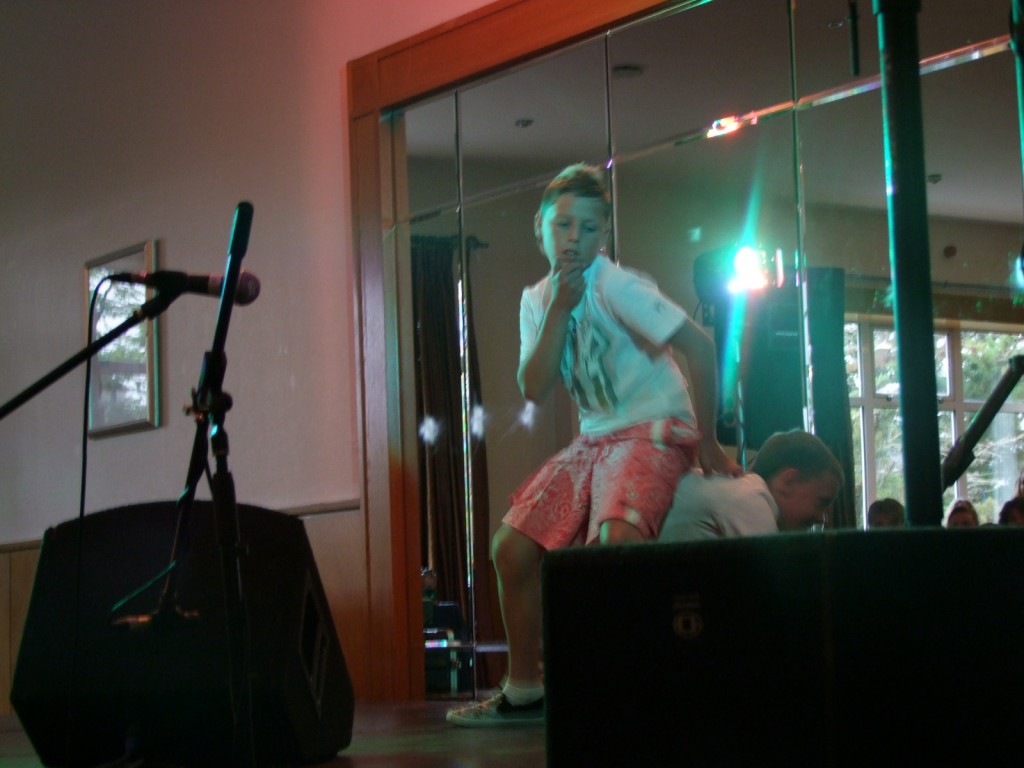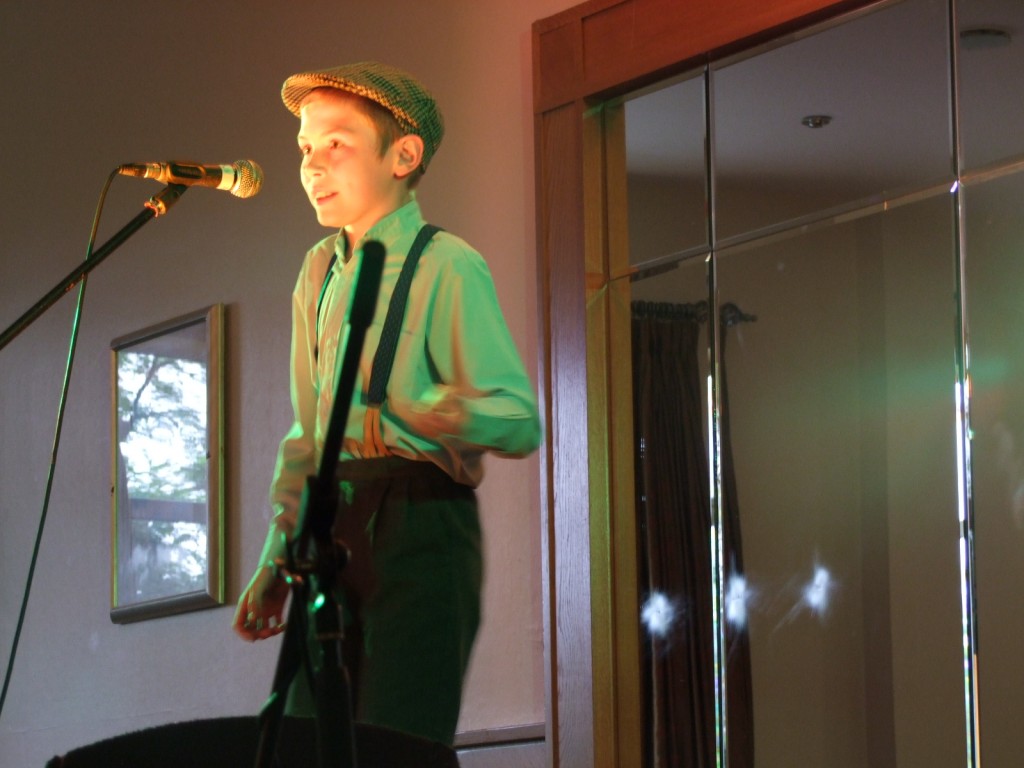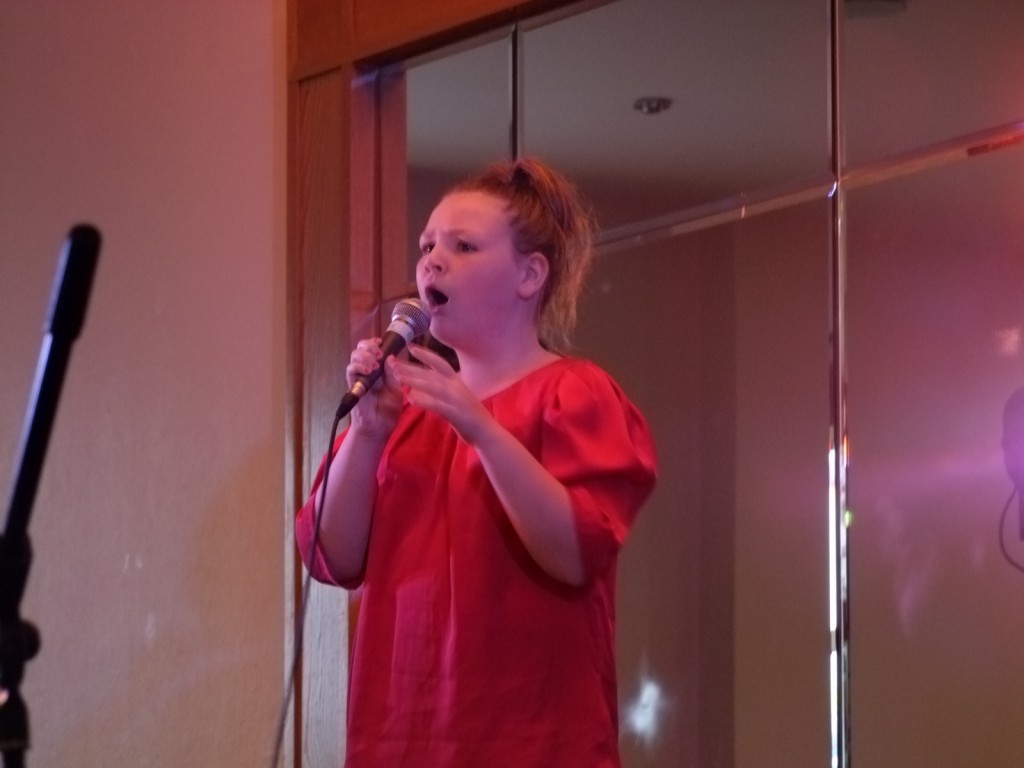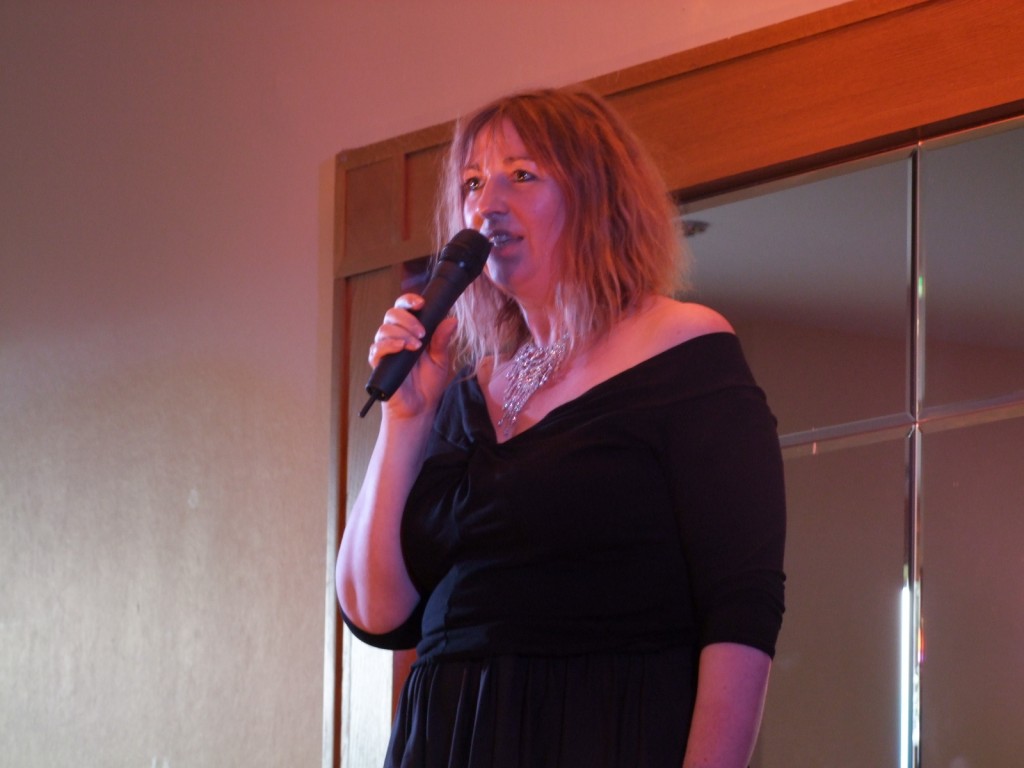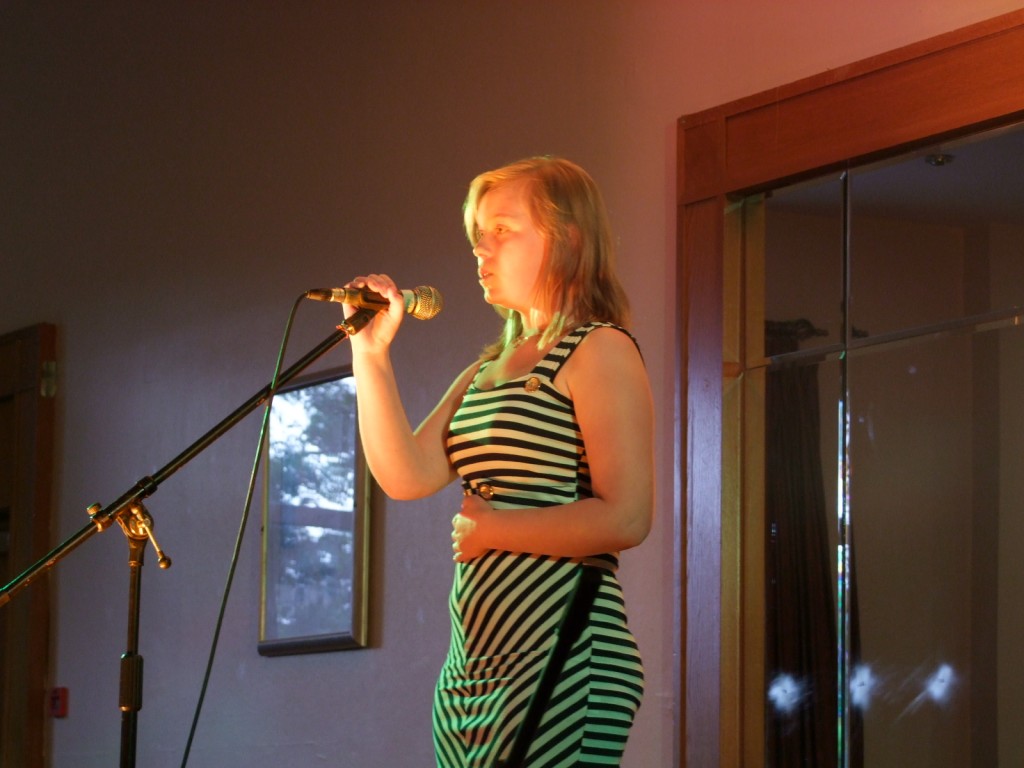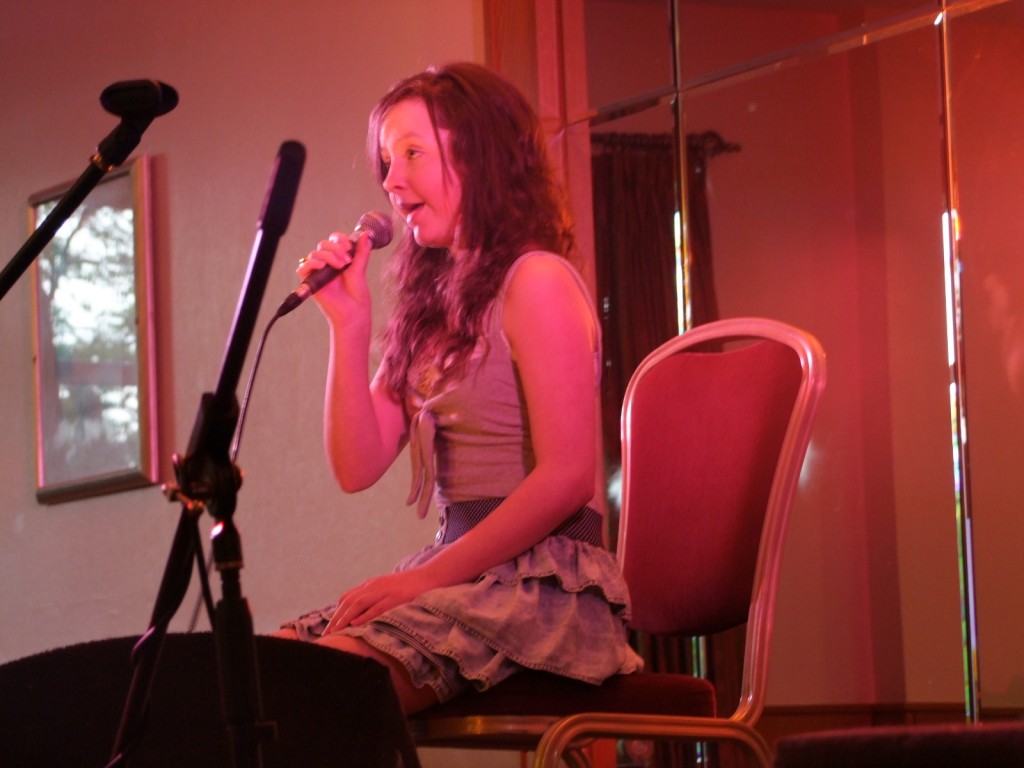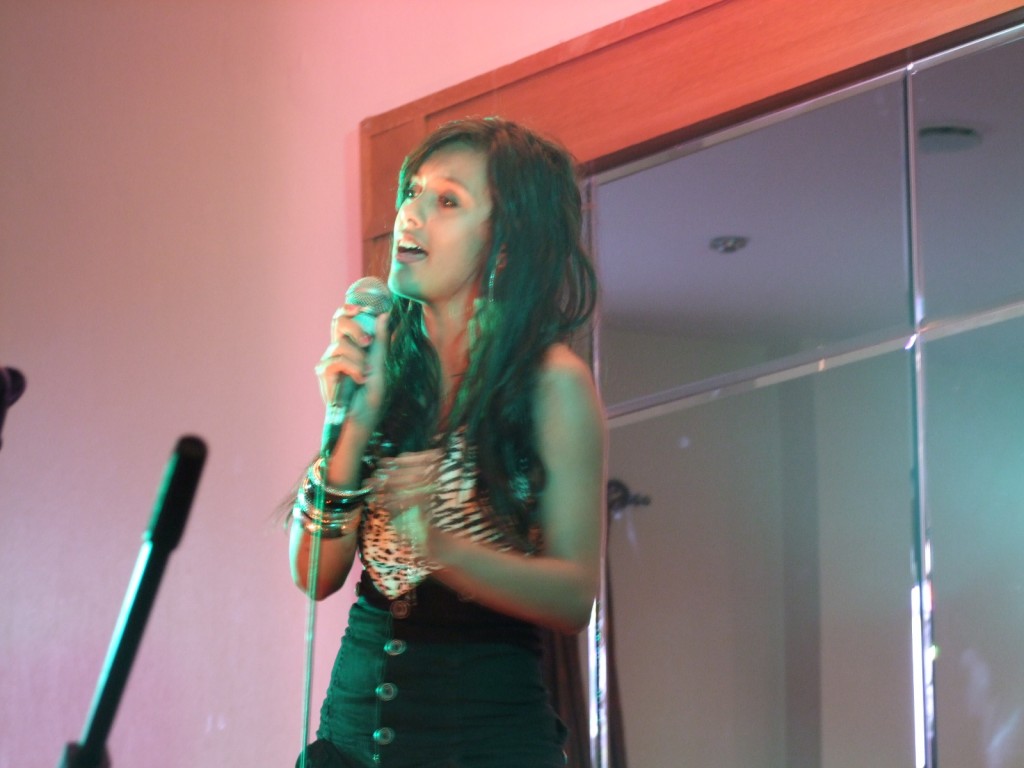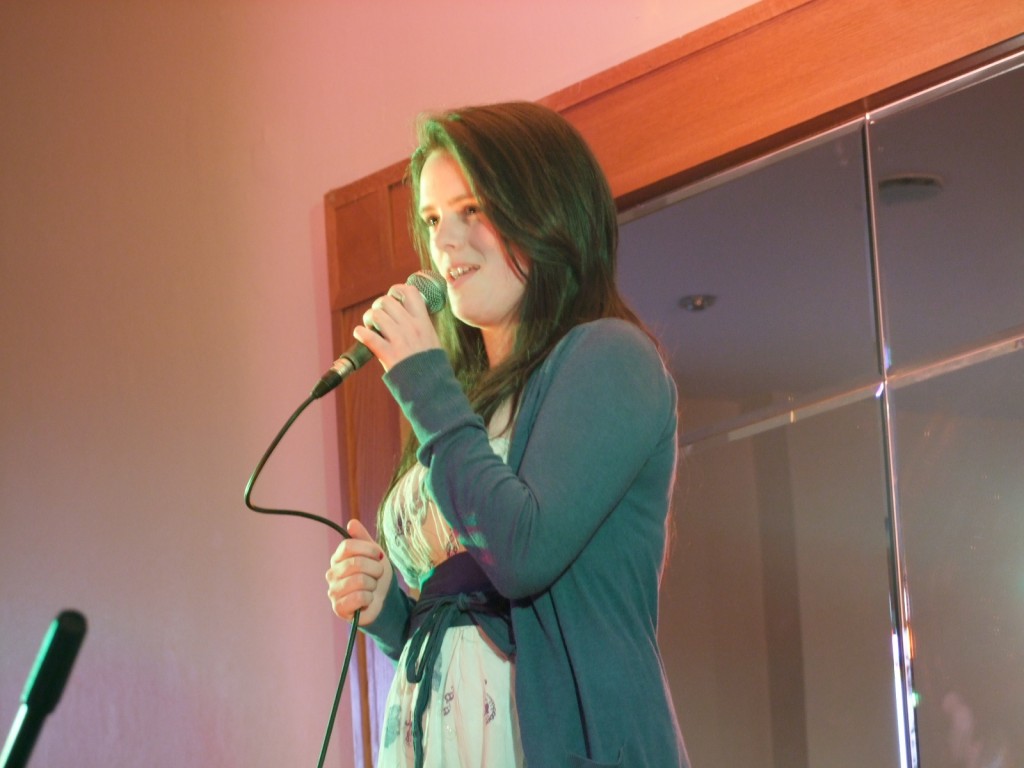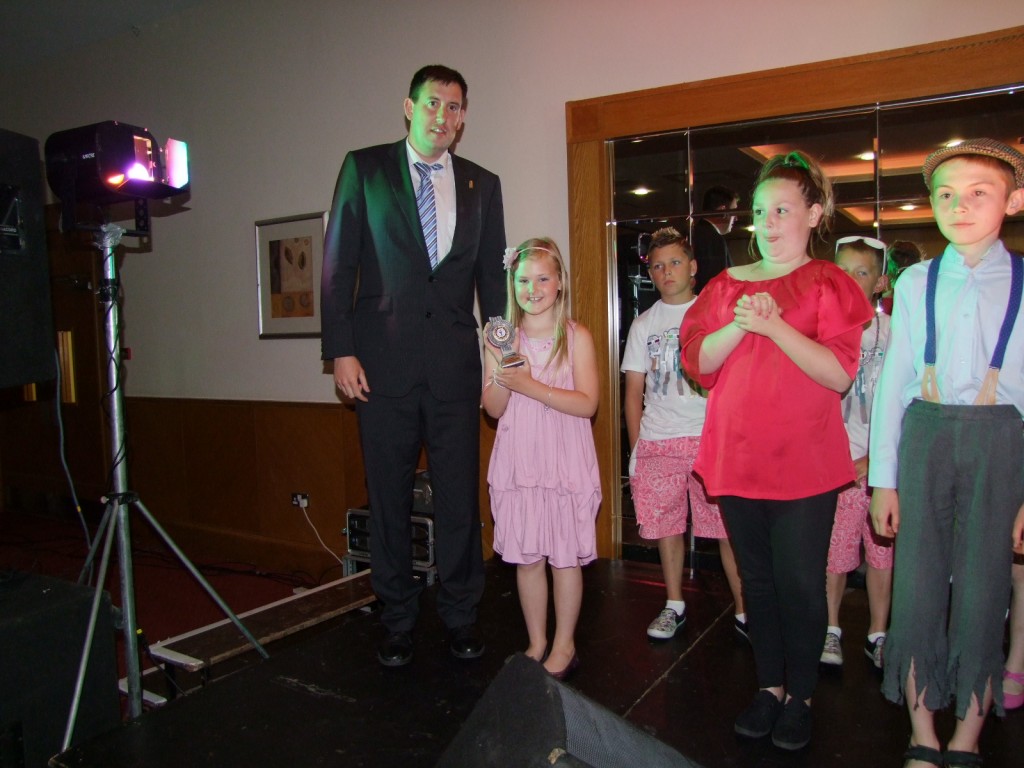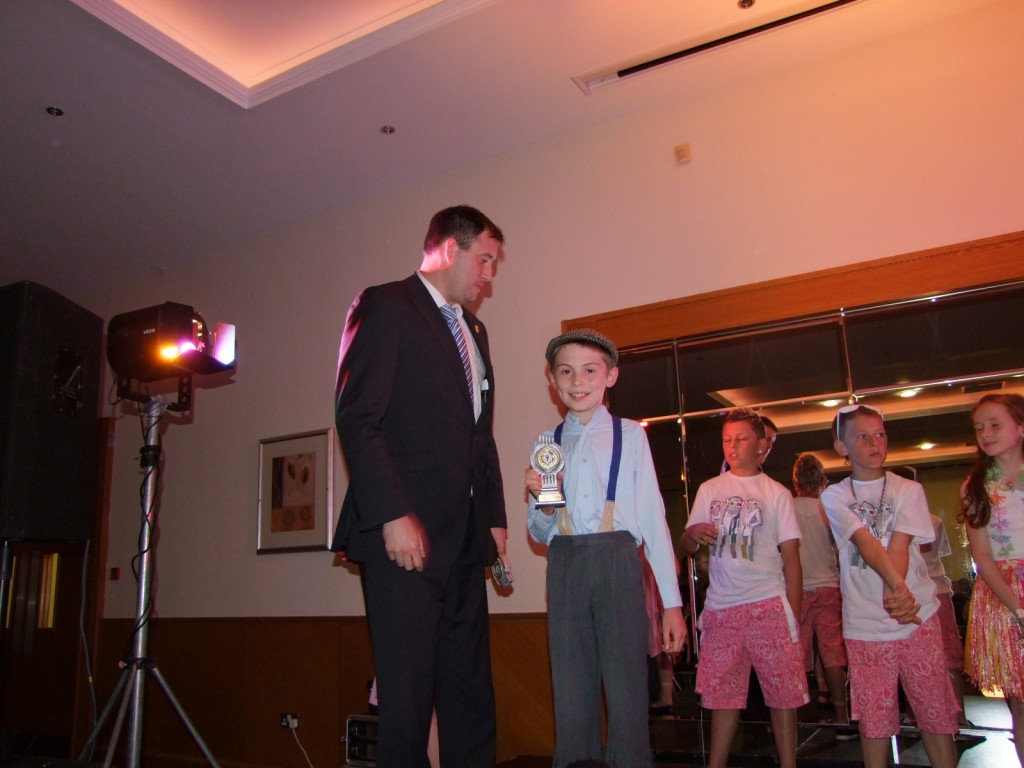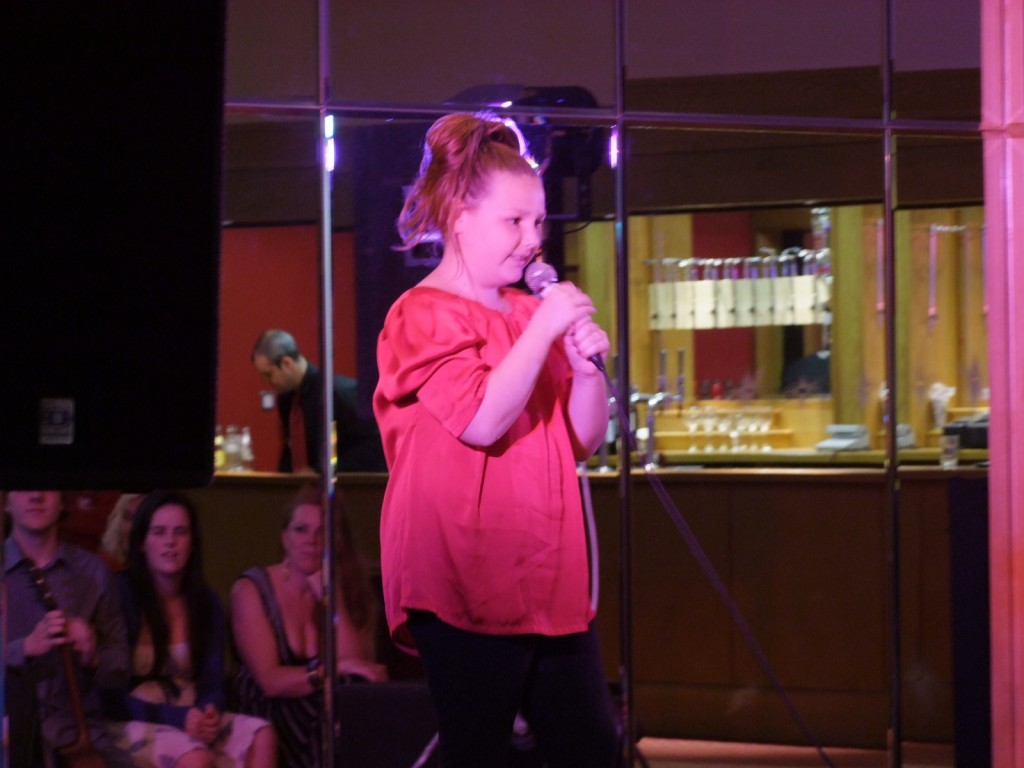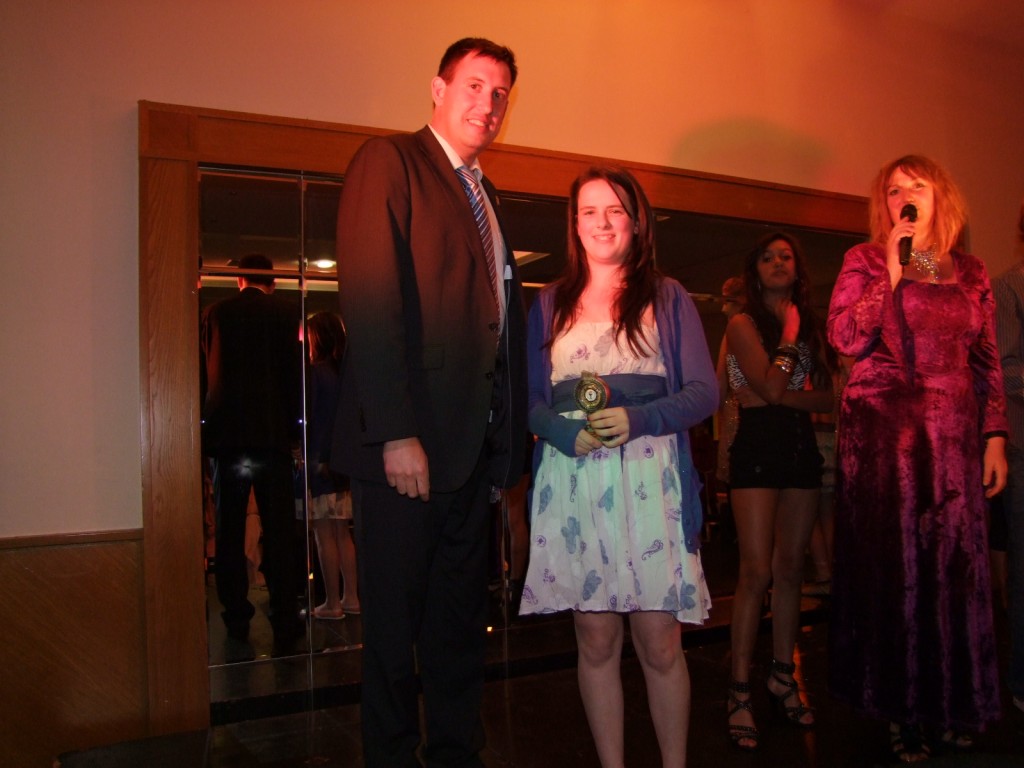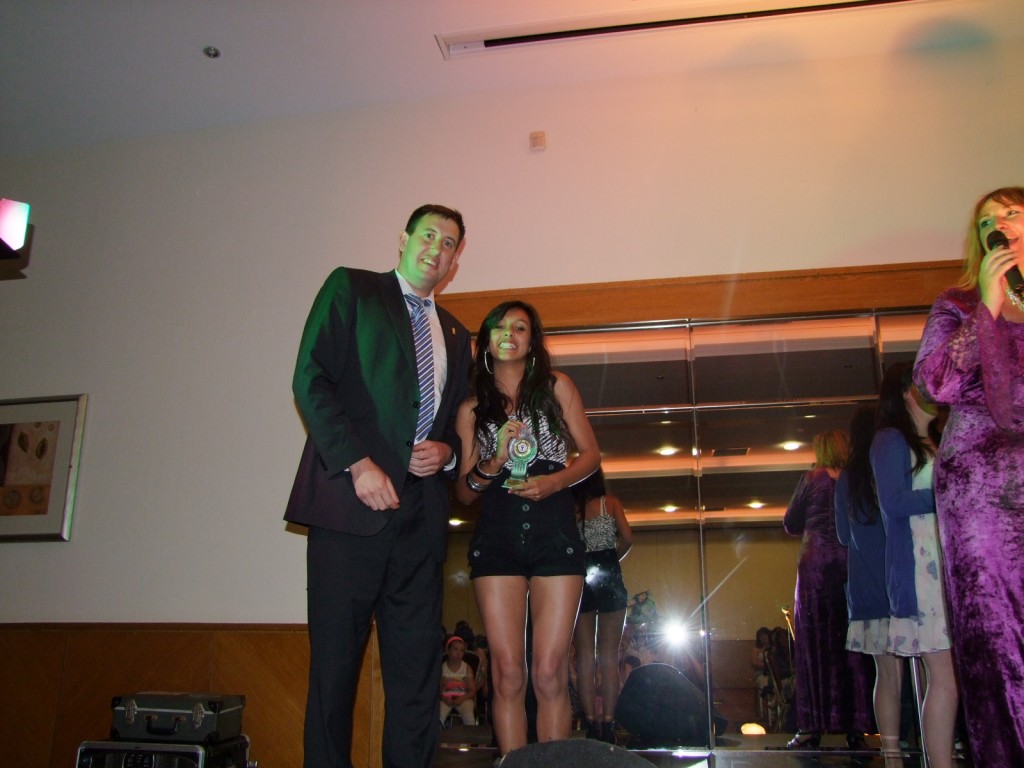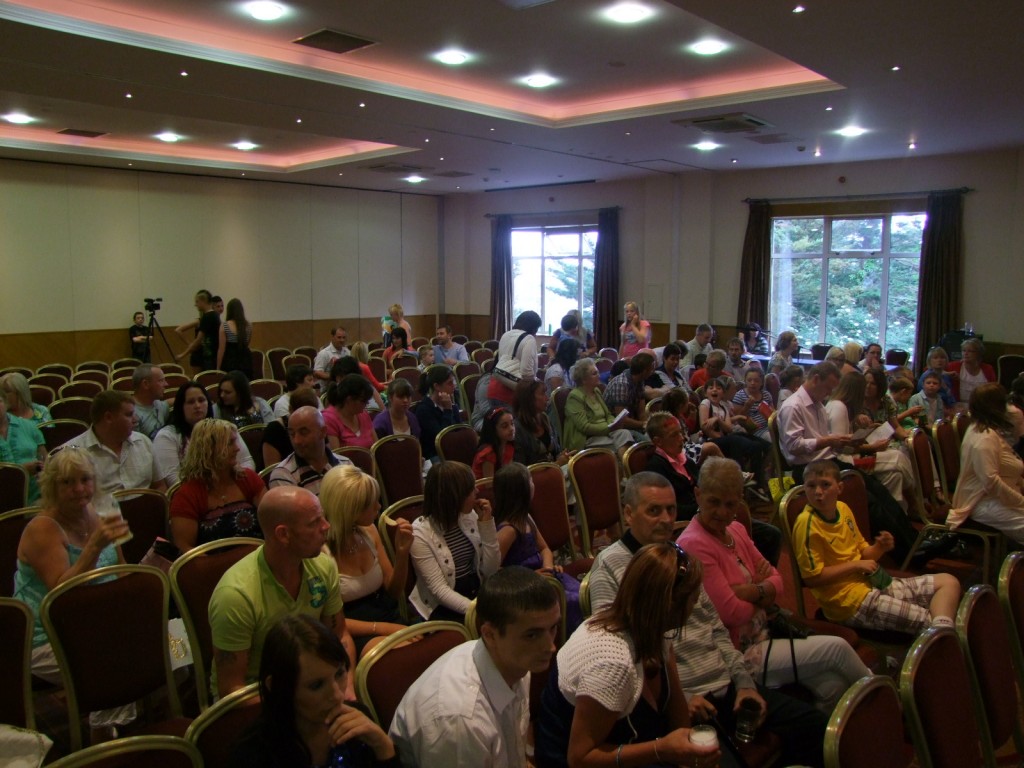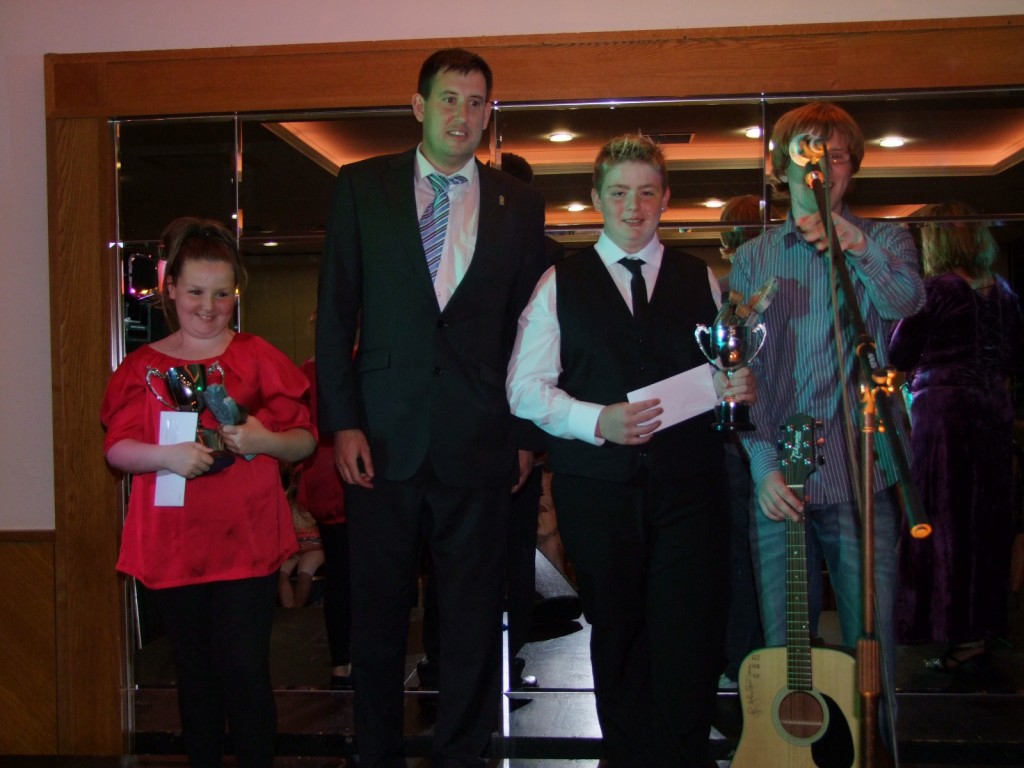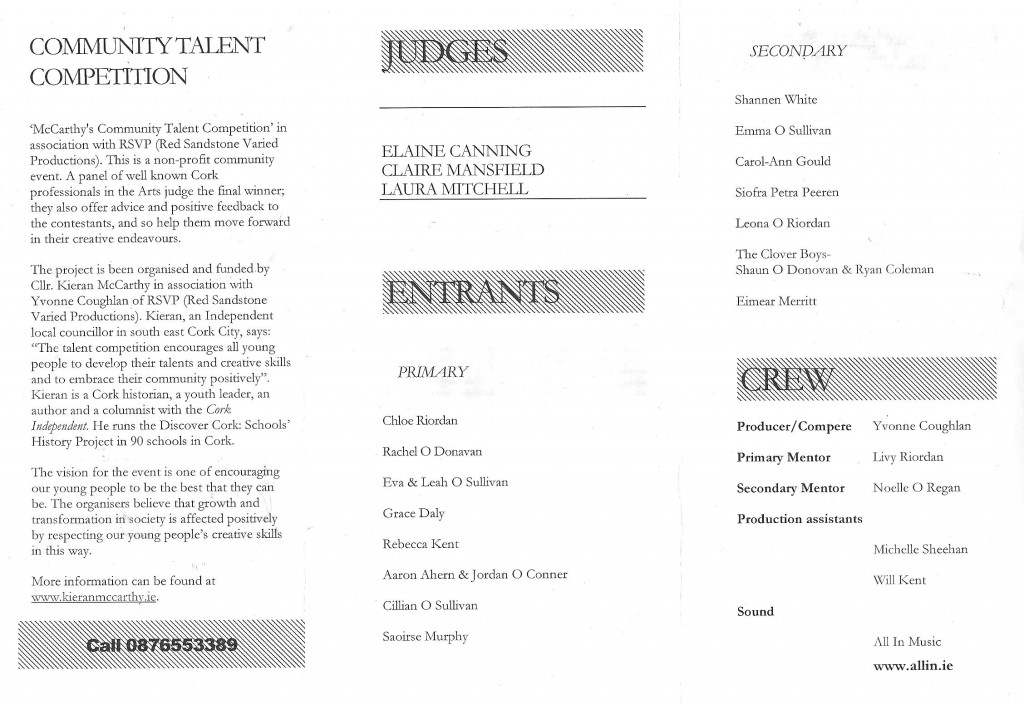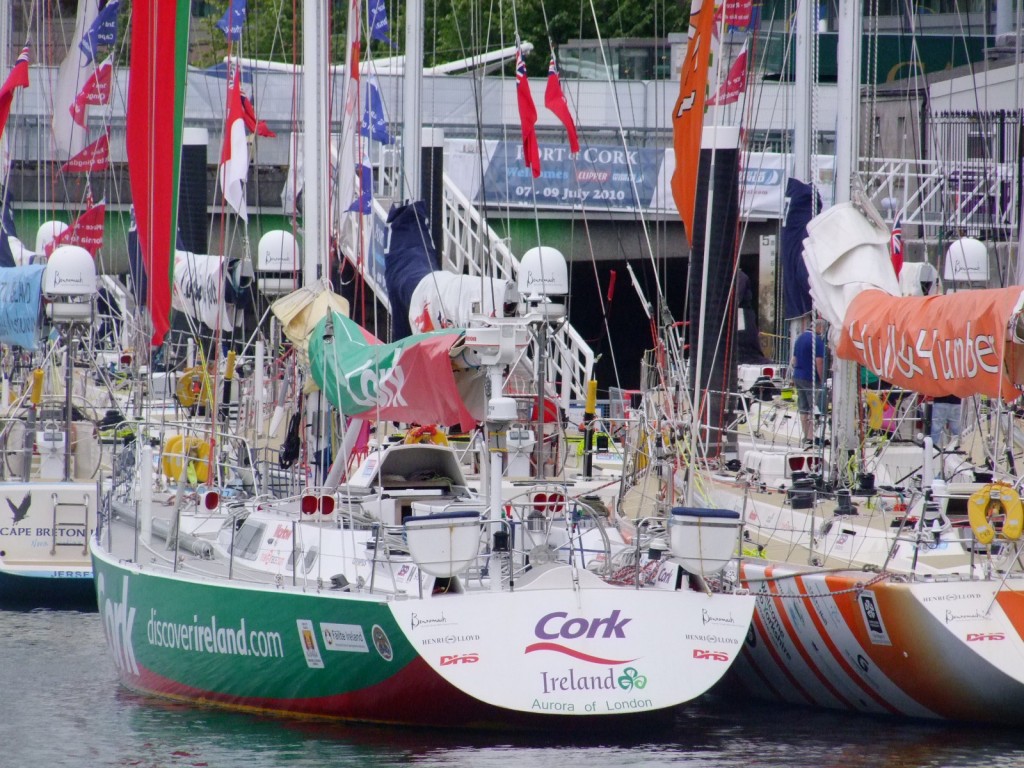 Scenes from the Clipper Festival, Cork City, 7 July 2010
Scenes from the Clipper Festival, Cork City, 7 July 2010
Full information on the Clipper festival is available on the website below
http://www.corkclipperfestival.com/
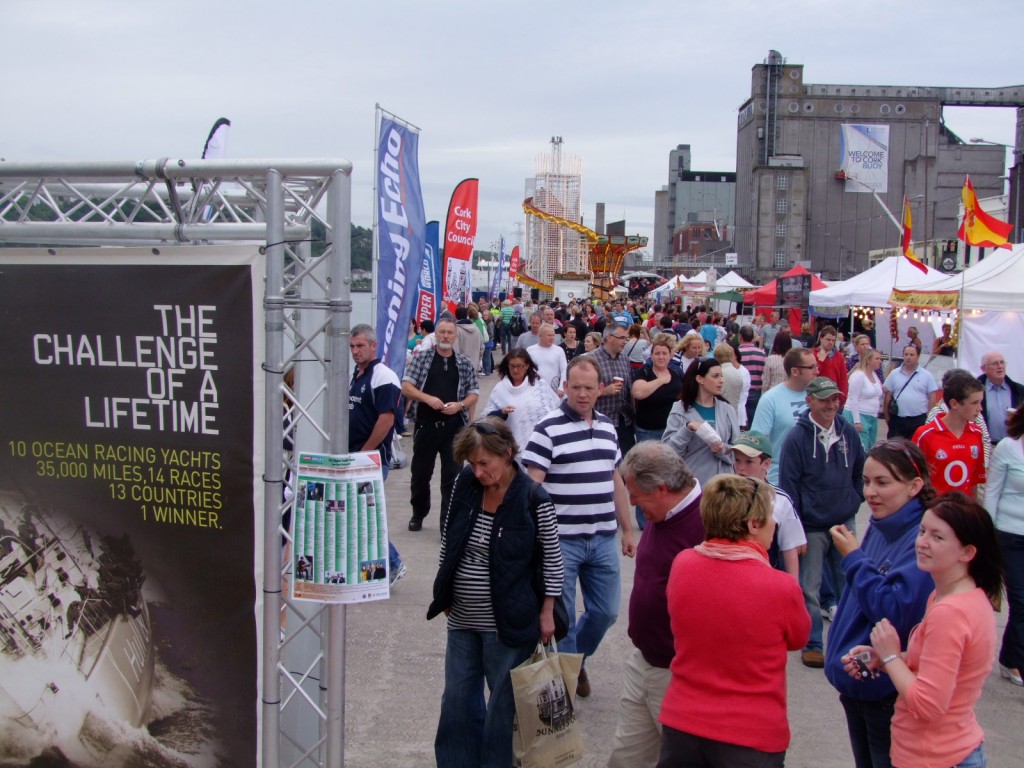
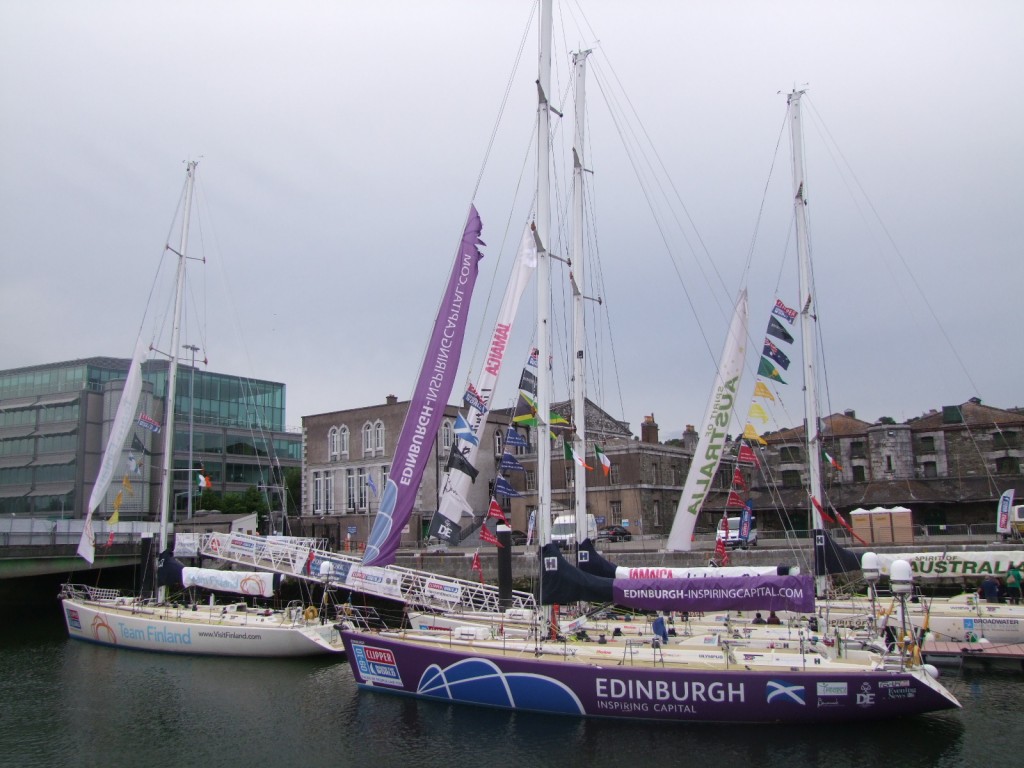
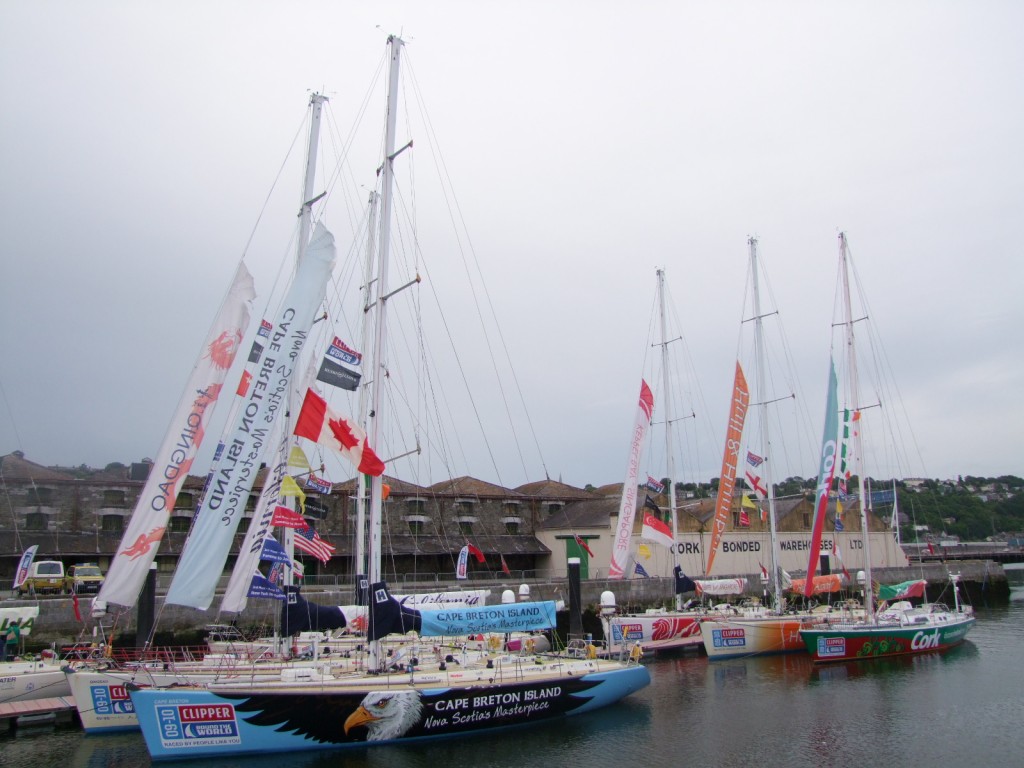
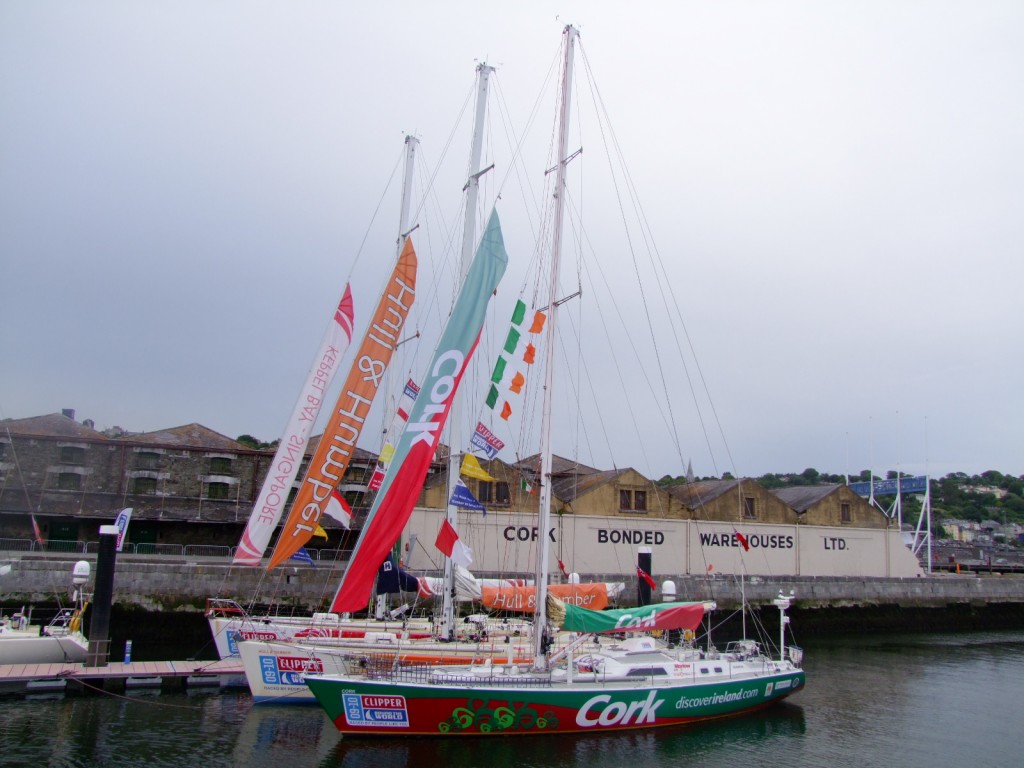
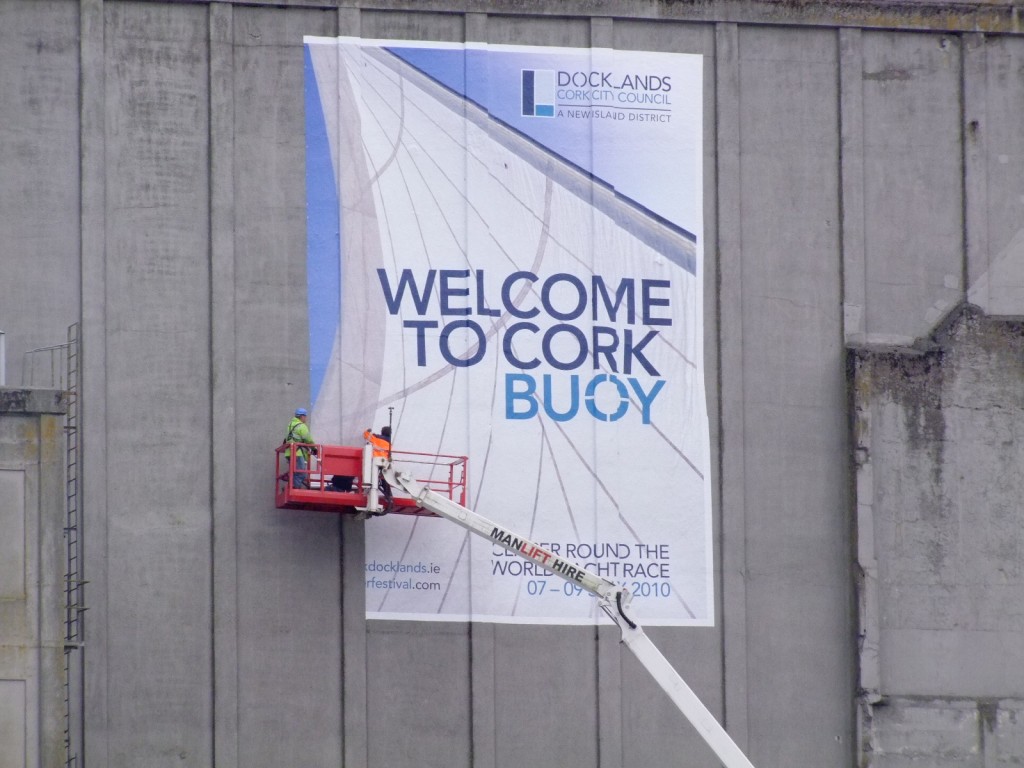
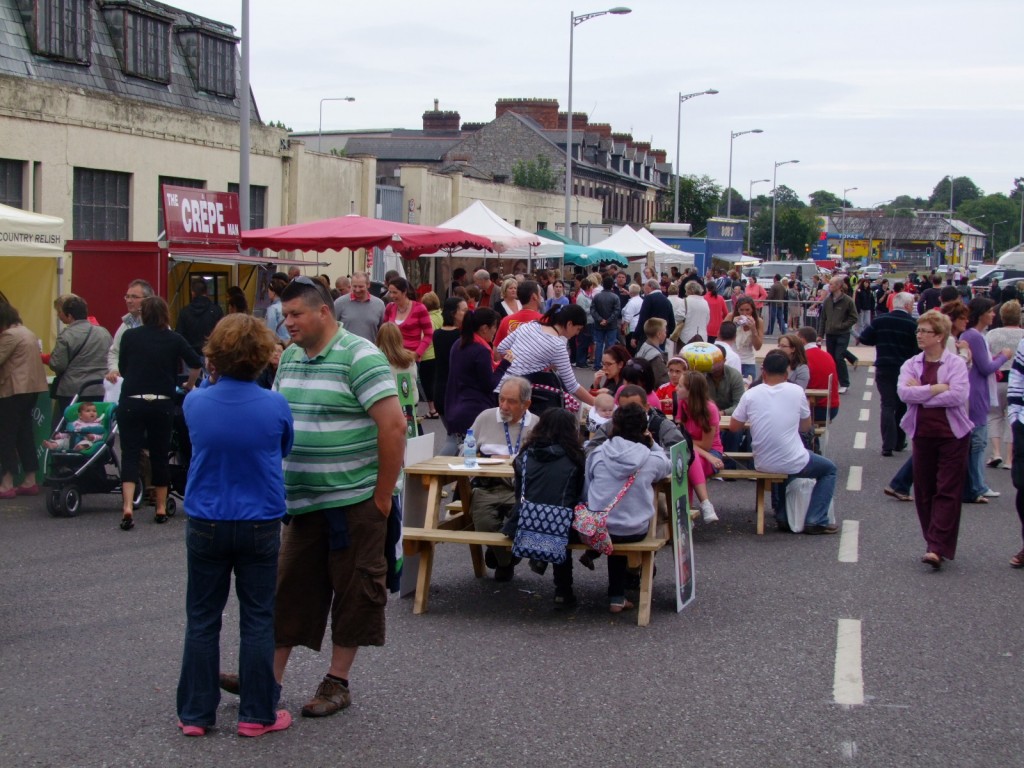
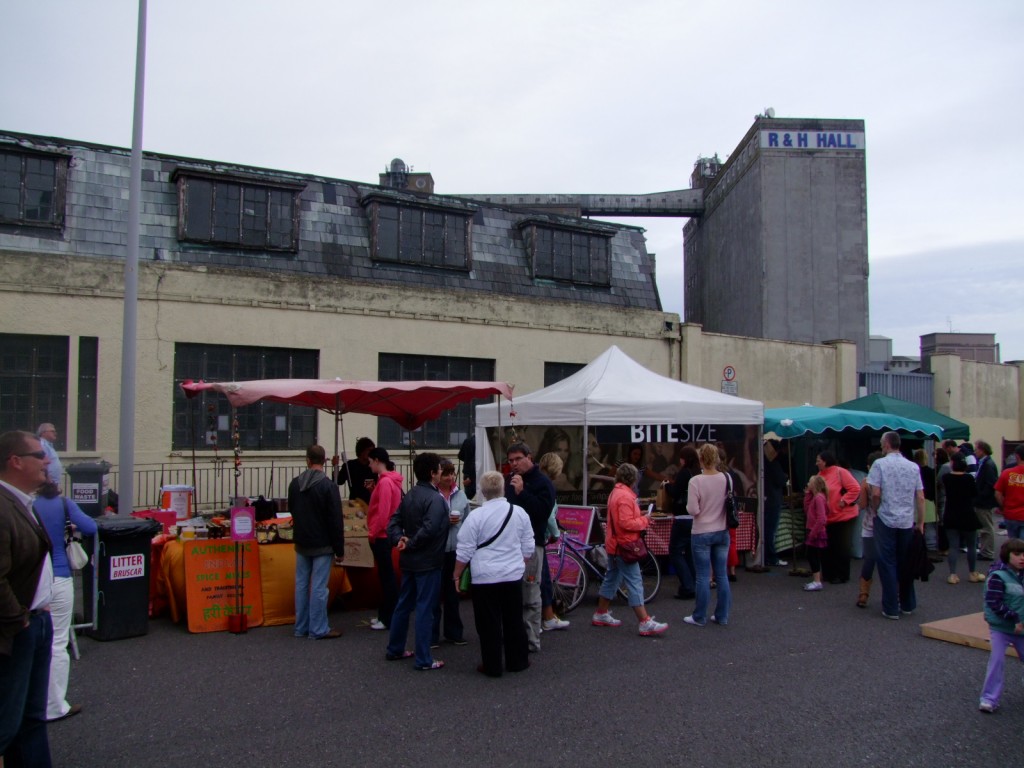
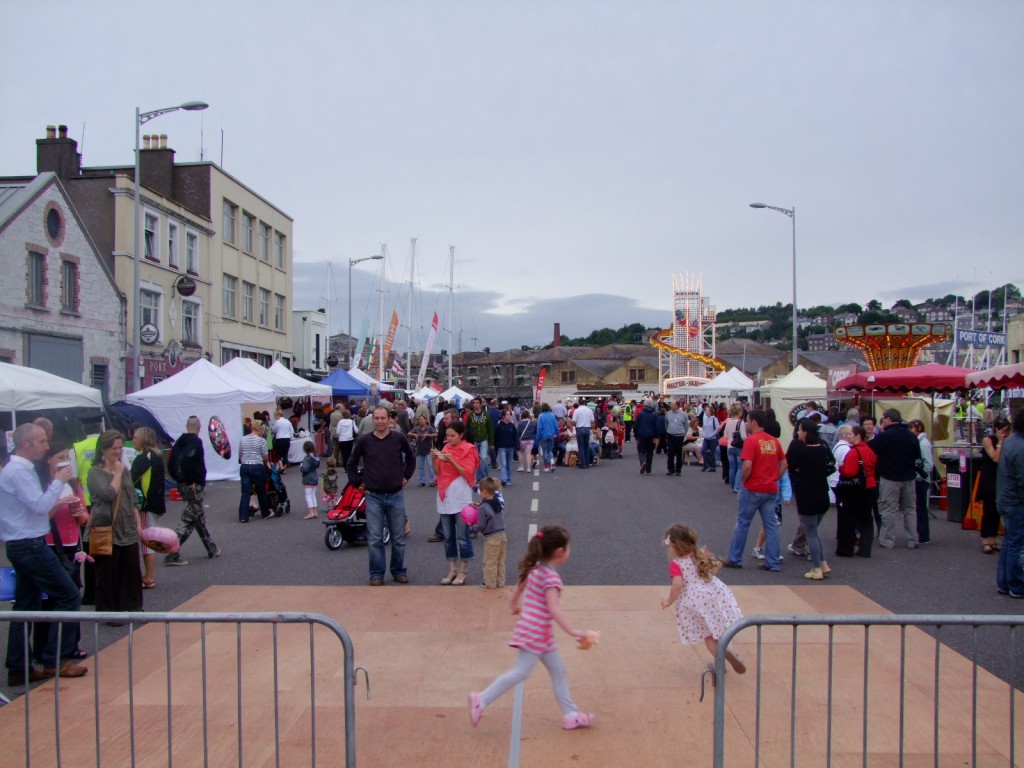
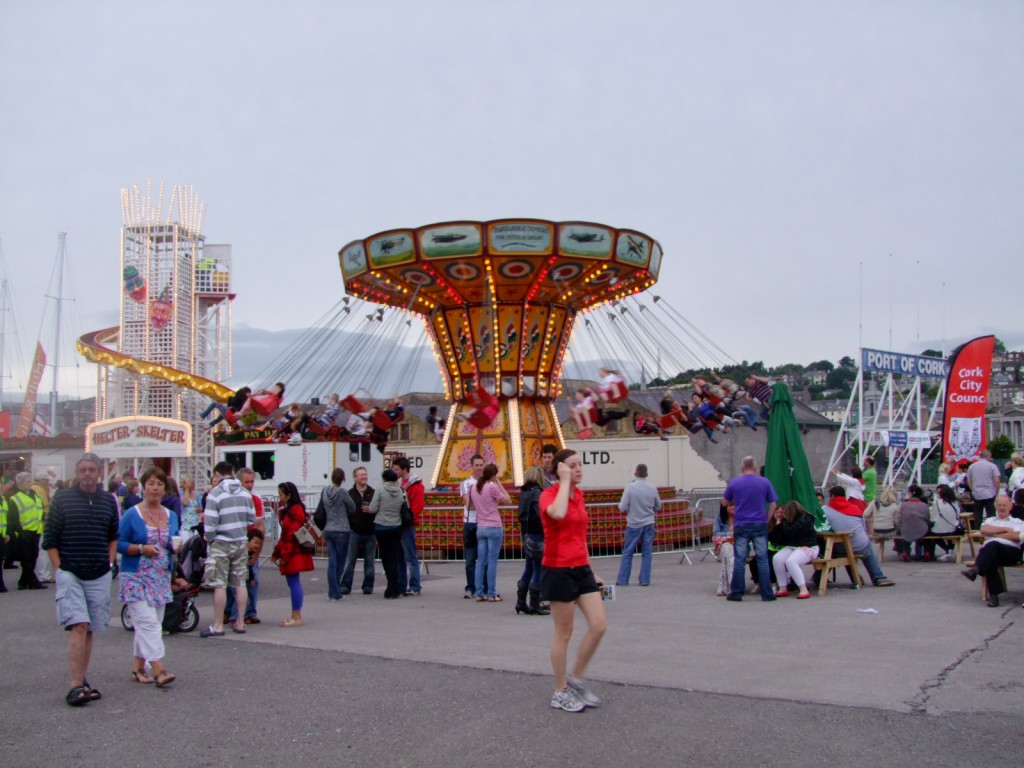
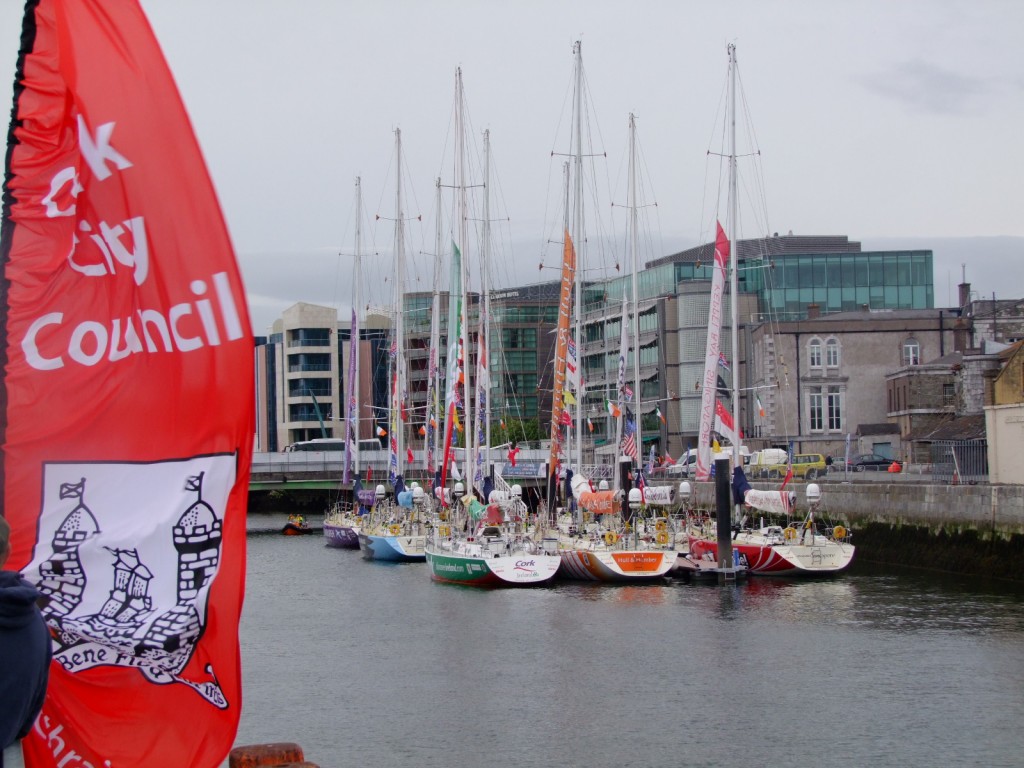
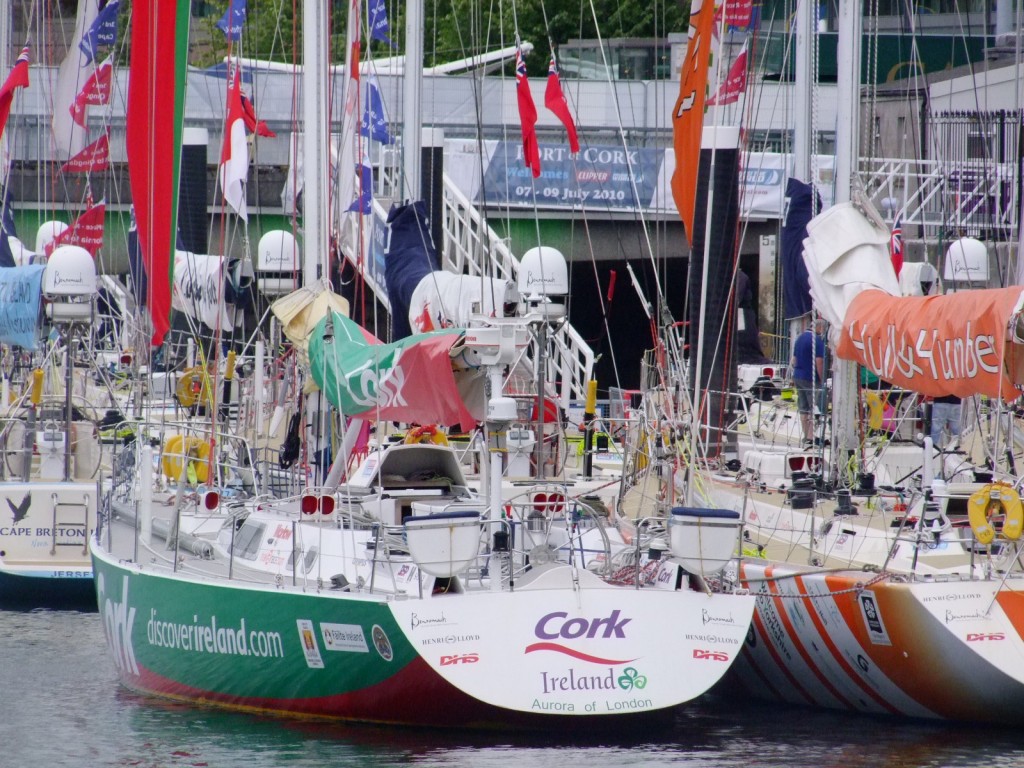
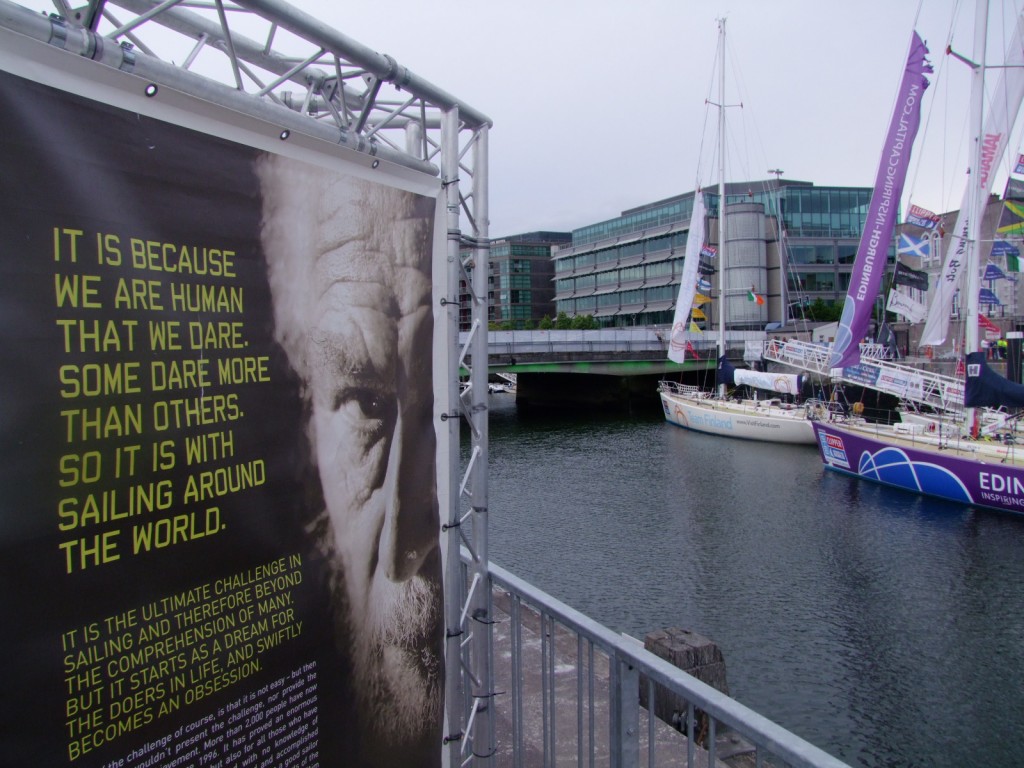
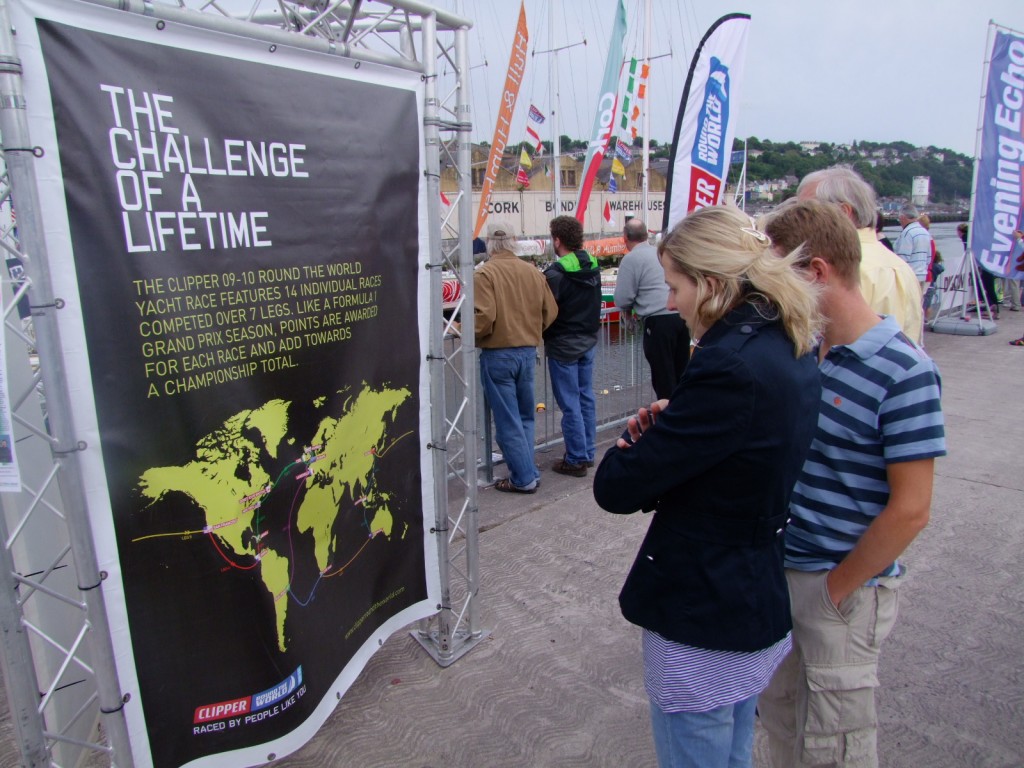

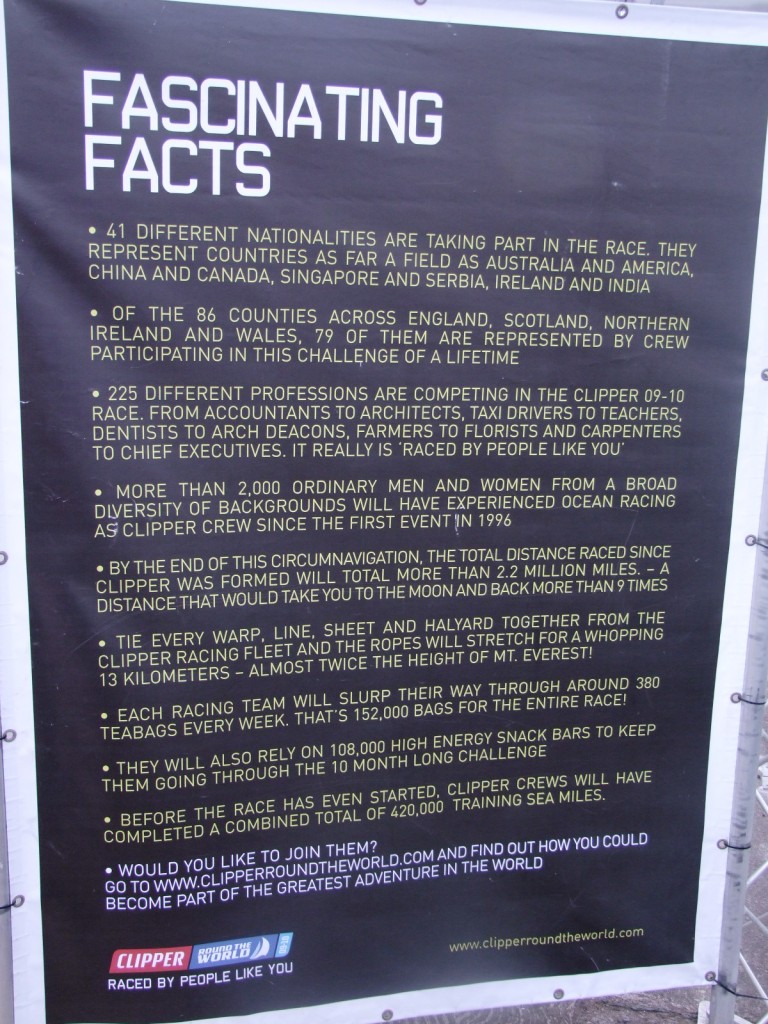
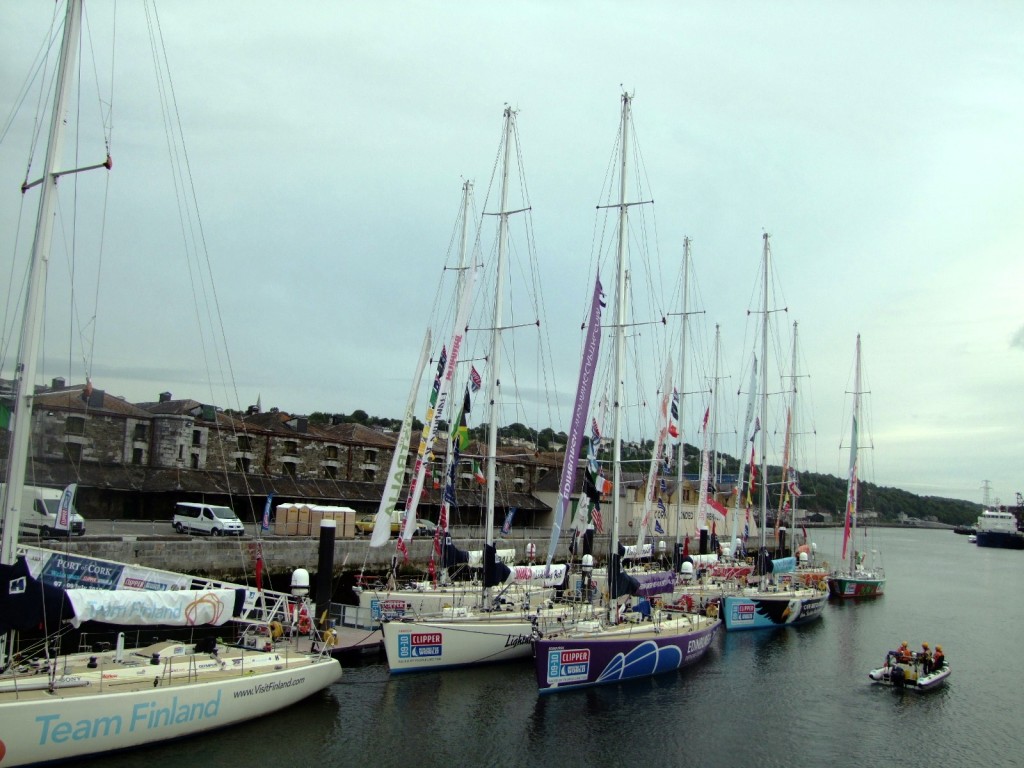
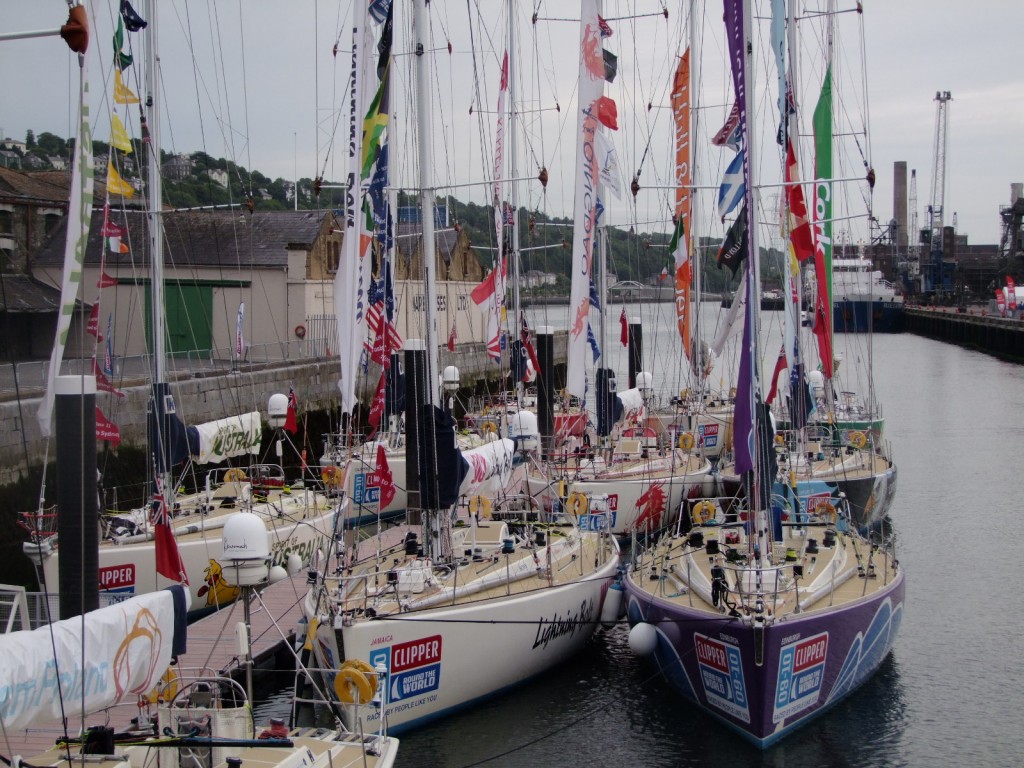
 Scenes from the Clipper Festival, Cork City, 7 July 2010
Scenes from the Clipper Festival, Cork City, 7 July 2010
Full information on the Clipper festival is available on the website below
http://www.corkclipperfestival.com/

















Participants on last night’s historical walking tour down the old Cork Blackrock and Passage Railway Line, 6 July 2010; next walking tour within the ward is in late August for Heritage Week of Ballinlough and Ballintemple!
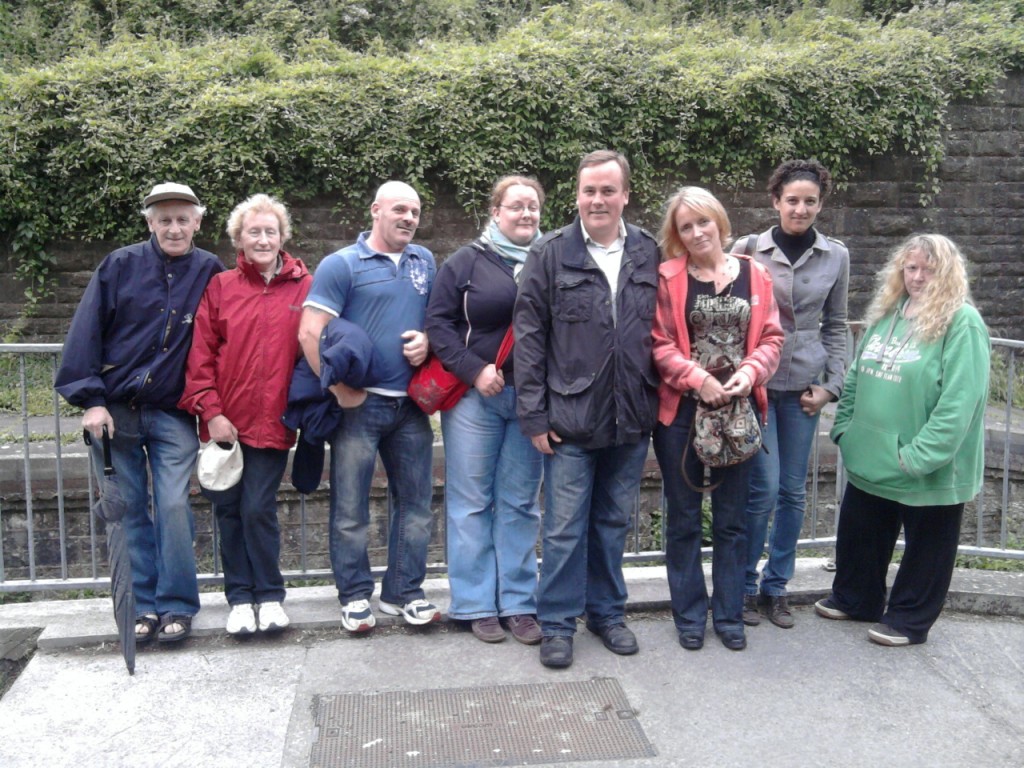
Cork is preparing its world-renowned “Céad Míle Fáilte” for the Clipper Round the World Yacht Race with festivals in Kinsale and Cork. This free family festival will celebrate the Cork Clipper’s homecoming with the Kinsale Festival 02-07 July and in the Port of Cork from 07-09 July.
Full information on the Clipper festival is available on the website below
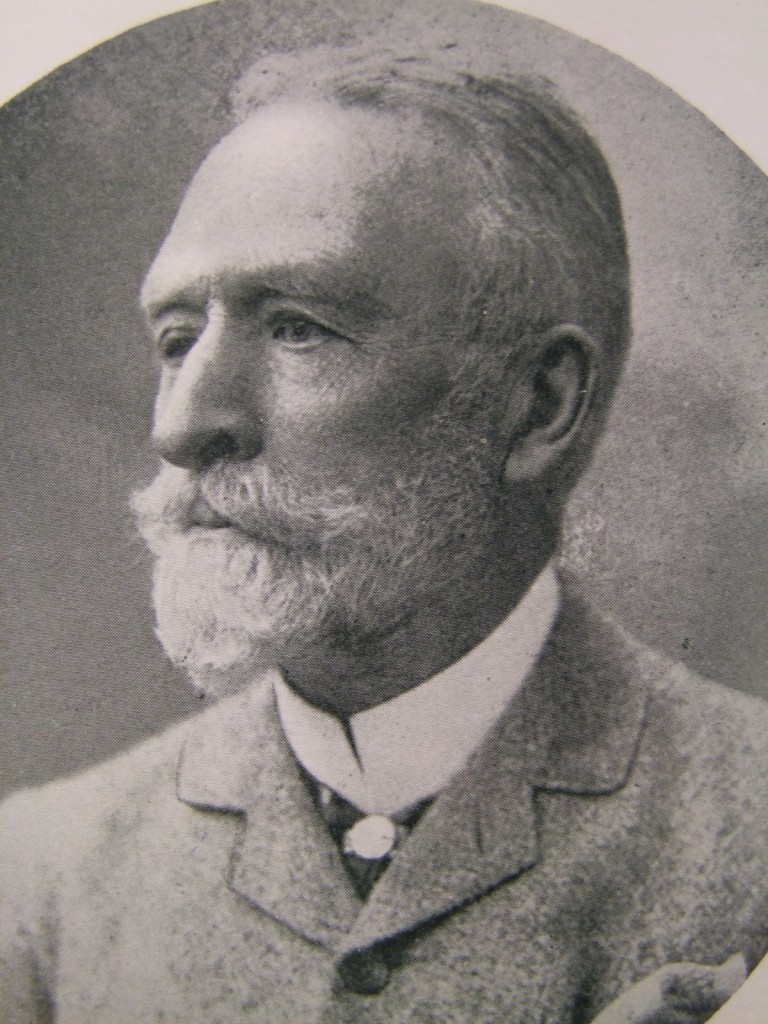
A Caretaker of the Past
I have made the journey so many times to the local studies section of Cork City Library. The journey through the reference section to the top floor brings one up a quiet stairwell brings one into the haven where anything to do with Cork is kept. I have always being amazed at the multiple cabinets in the local history room. In these cabinets, the books reveal layers upon layers of insights into Cork life. In many of these books, attempts are made to explain and understand Cork, it’s very soul and identity.
Not everything is documented and there have been times when I have to dig deep into newpapers or even the index of the Journal of the Cork Historical and Archaeological Society. The Journal is an impressive treasure trove of historical facts that seeks to protect in a sense the region’s past.
Within the early days of this journal, the name Robert Day emerges as a principal caretaker of Cork’s past. He was the grandfather of the noted writer and lithographer Robert Gibbings, whose career the column last week briefly outlined. Robert is buried in the burial ground of St. Peter’s Church, Carrigrohane. Dr. Philip G. Lee’s obituary of Robert Day in the Journal of the Cork Historical and Archaeological Society in 1914 reveals another side to Cork’s heritage, those who mind it and their motivations. Robert Day (1836-1914) was a caretaker of Cork’s past.
Born in 1836, Robert was involved in his family’s extensive addler business together with a sports shop well known to Cork anglers on St Patrick’s Street. He was married to Rebecca Scott in 1857. Rebecca belonged to the Scott family who had an extensive ironmongery business in King Street (now McCurtain Street). They had four daughters and four sons.
During his lifetime, he developed an interest in Irish archaeology and seemed to become a well-rounded academic specialising in Irish antiquities. He amassed a unique and comprehensive museum of antiquities, from the Stone age, the early Iron Age and the Medieval period, down to the late eighteenth century, which included a collection of the insignia connected with the Irish volunteers of 1782. At historical meetings he showed some of his collection to other members.
Reputedly, Robert was a man of quiet disposition but with a strong character. He investigated and questioned the objects in his collection whilst listening to the opinions of other interested parties and professionals. He also generously loaned portions of his great collection to various exhibitions, notably to the Irish Exhibition, London and to the Chicago Exhibition.
On his death, an enormous collection of Irish Archaeological artefacts were auctioned off in 1915. They later turned up in the collections of John Hunt in Limerick, Walter J. Verschoyle-Campbell, as well as in those of the Birmingham Archaeological Society, the Louth Archaeological Society, the Ulster Museum and the National Museum of Ireland. An ongoing project at the Department of Archaeology, University College Cork is seeking to trace items from this auction.
Robert Day was also past president of the Cork Literary and Scientific Society. He was Trustee of the Cork Savings Bank and of the South Charitable Infirmary, member of the Royal Irish Academy, Fellow of the Royal Numismatic Society, Fellow of the Royal Society of Antiquaries, and member of many other learned associations at home and abroad and was one of the governors of the Commercial Buildings, Cork.
As a President of the Cork Historical and Archaeological Society from 1894 to 1914, he strove to keep the organisation and its work to the highest possible standard. As editor of its Journal, it is apparent, he sought to publish material that was meticulously researched and there is a sense the material was in danger of being lost if not published. He contributed much to the Journal between 1892 and 1911. In his own myriad of articles in the journals he seemed to have an interest in a number of topics but a clear focus at least can be seen on the history of the Irish volunteers of 1798, the use of metals – bronze and gold in Irish prehistory as well as Cork silver. He detailed the work of fellow antiquarians, contemporary and from decades previously. He edited the society’s reprint of Charles Smith’s History of Cork, which he annotated from the manuscripts of antiquarians Thomas Crofton Croker and Richard Caulfield.
Robert also had an interest in photography and was one of the first to take a camera into Cork City and around its region to capture various scenes of early photographs date from the 1860s. They are atmospheric and depict a Cork which in many ways has disappeared. The pictures are now part of the Day collection which also has photographs by his son William Tottenham Day 1874-1965 and grandson Alec 1902-1980.
The work of Robert Day for me represents the enormous collections that exist in the public realm. However perhaps Robert’s work is also a quest to understand and explain the unknown and to harness it in a contemporary world. In addition, he is part of a distinct set of local historians that have set a precedent in the research and preservation of Cork’s local history.
To be continued…
Captions:
546a. Picture of Robert Day (source: Journal of Cork Historical and Archaeological Society, 1914)
546b. Advertisement for Robert Day & Son in 1919 (source Cork: Its Trade and Commerce)
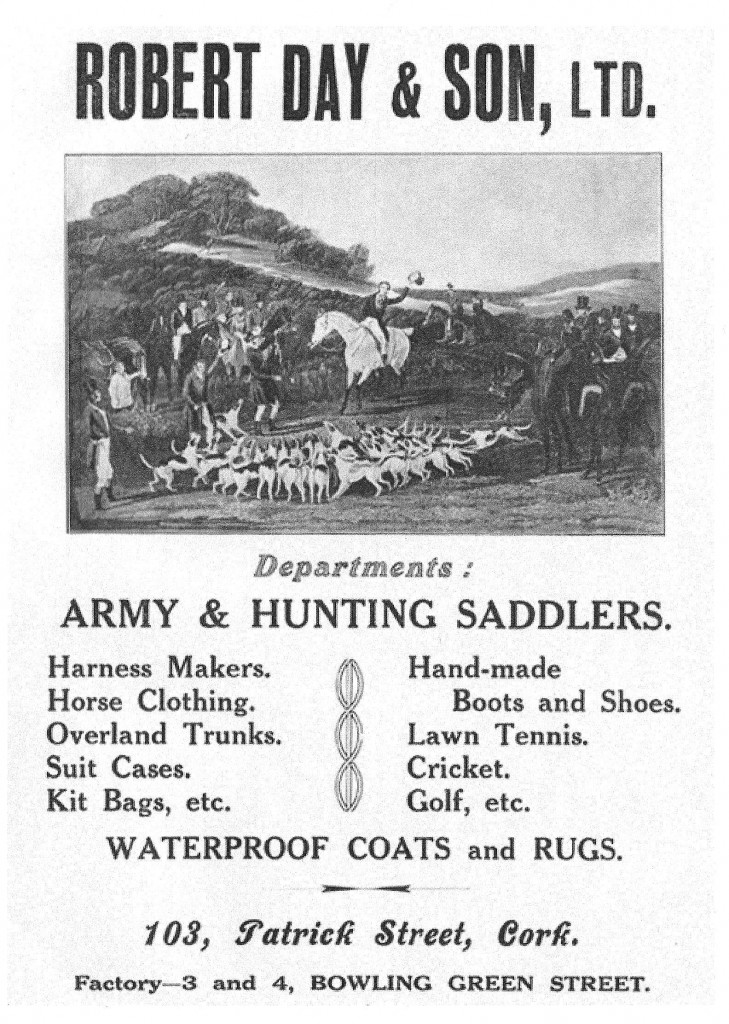
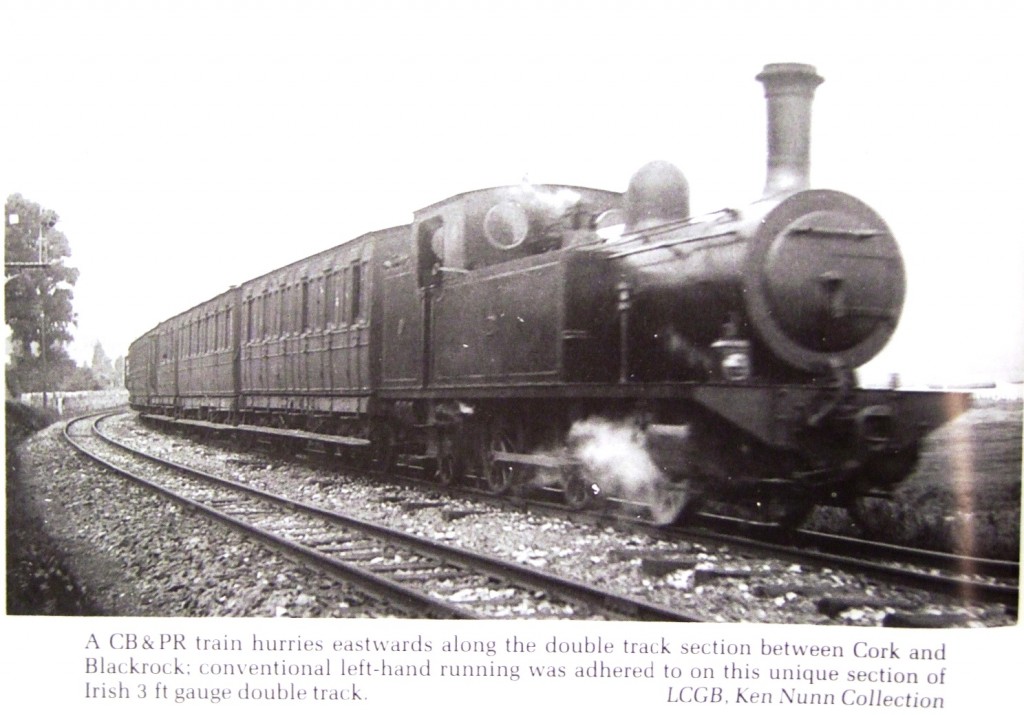
Did you know?
The age of the railways also came to the forefront of the visions of Cork planners in the 1830s. In 1836, two years after the construction of Ireland’s first railway between Dublin and Kingstown (Dun Laoghaire), a railway was proposed to connect the city to Passage via Blackrock. Passage itself was an important minor port in Cork’s lower harbour. In 1836, the lands of Lakelands and Ballinure were surveyed and the engineer, Charles Vignoles planned the routeway of the railway itself. In 1837, the Passage Railway Bill was passed in the Westminster Parliament but work only got underway in the late 1840s. By this time, the Cork Passage Railway Company had been reformed into the Cork, Blackrock and Passage Railway Company. Legislation was passed for this company in 1846 and in September of this year, the company’s engineer Sir John MacNeil carried out the relative survey work.
History tour of old rail line next Tuesday, 6 July, 7.30p.m. Marina Entrance to old Line.
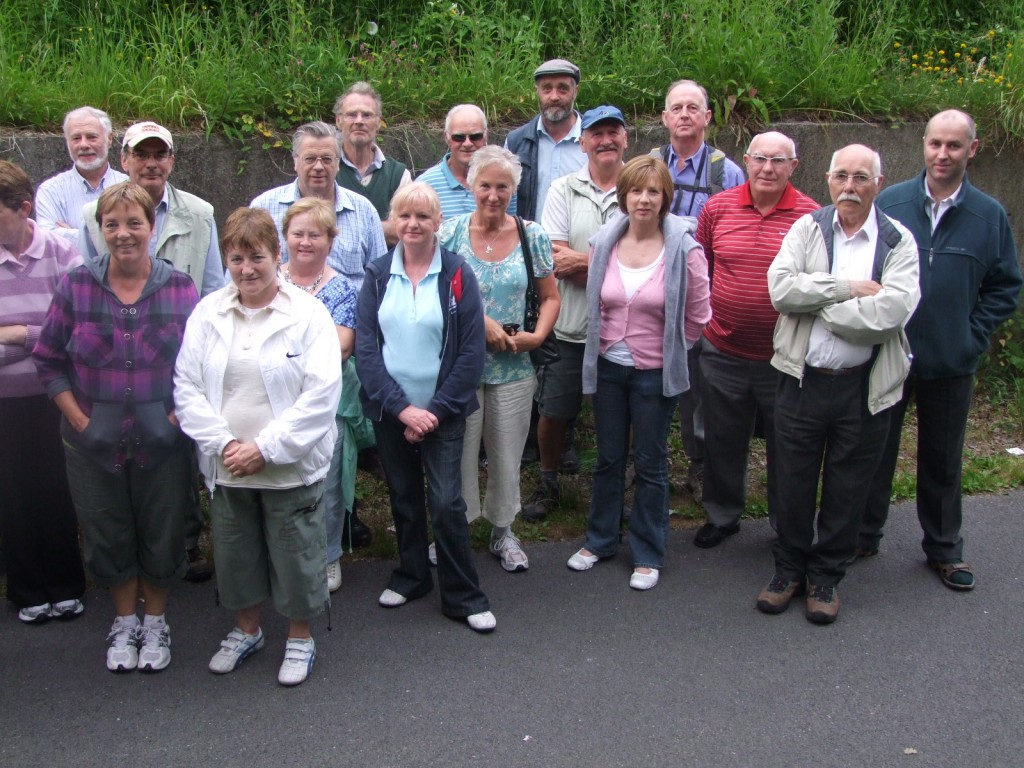
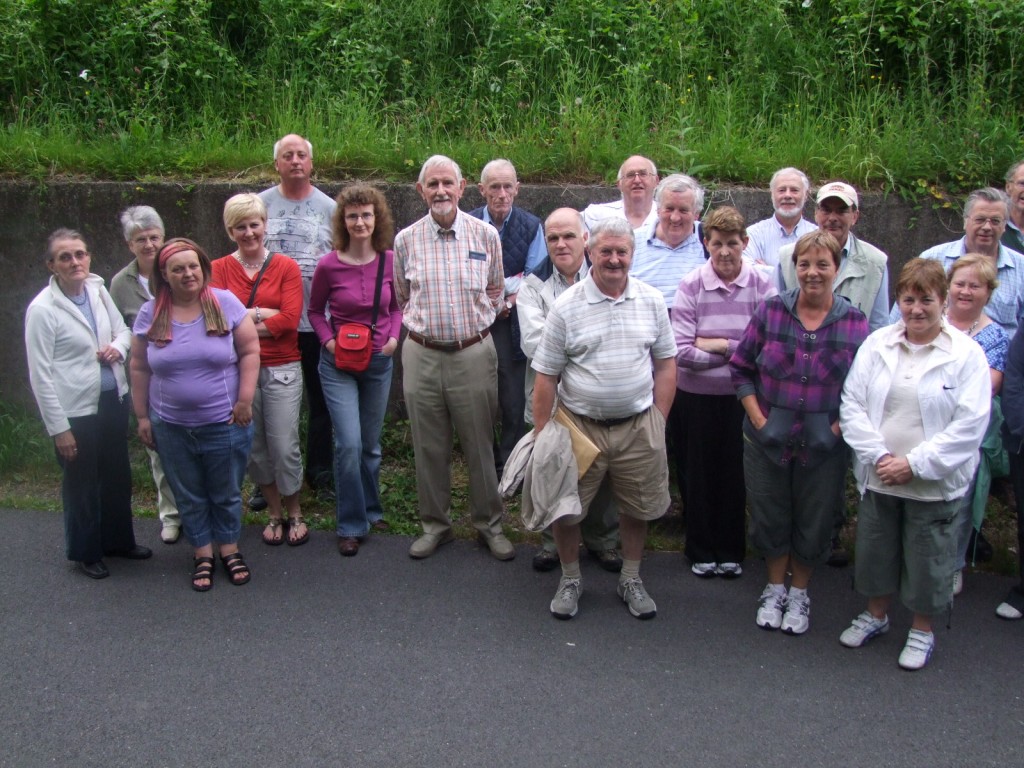
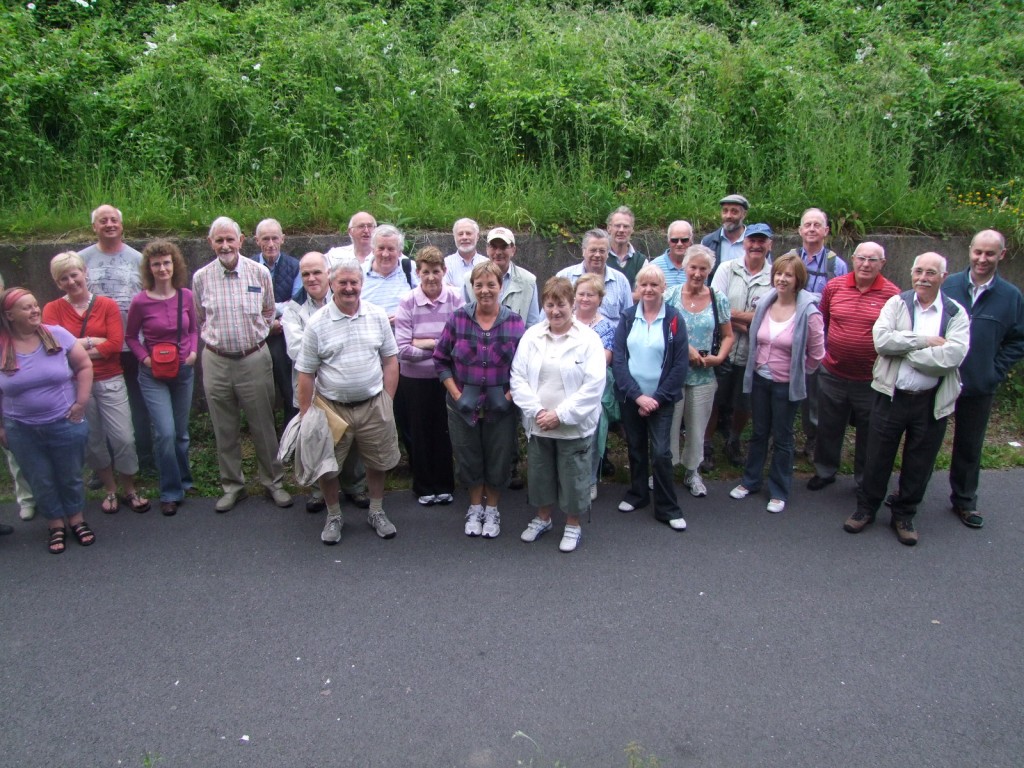
Kieran’s Comments in City Council Chamber in response to investment of E.1.2m in Blackrock Village Revamp, Autumn 2010:
This is a most welcome investment into one of the city’s earliest suburbs and also with a very rich heritage.
This area warrants a serious tidy up and the implementation of a public realm strategy that not also brings the community centre into focus but also the riverside and collapsed pier. The pier dates to around 1825, the stone of which it is said came from Beaumont Quarry. The pier at the moment is overrun with the invasive and unchecked species Japanese Knotweed.
The most welcome playground and small park with plaza and seating to be located in the Ursuline Convent and the adjoining demense will exist in a landscape first developed in the 1720s by the Tuckey family, who were the first to take down part of the town walls of the city in the early eighteenth century and build a new street and a quay on a site which later was culverted over to form the Grand Parade.
I would like that the heritage whether it be the history or the flora or fauna of the harbour area to be harnessed at this early stage – that the public realm is thought out and harnesses the pillars of the area’s identity, harnessing the essence of what makes Blackrock great and attractive to the many people who live and work within the area and also to the many people who walk the area frequently coming from other parts of the city.
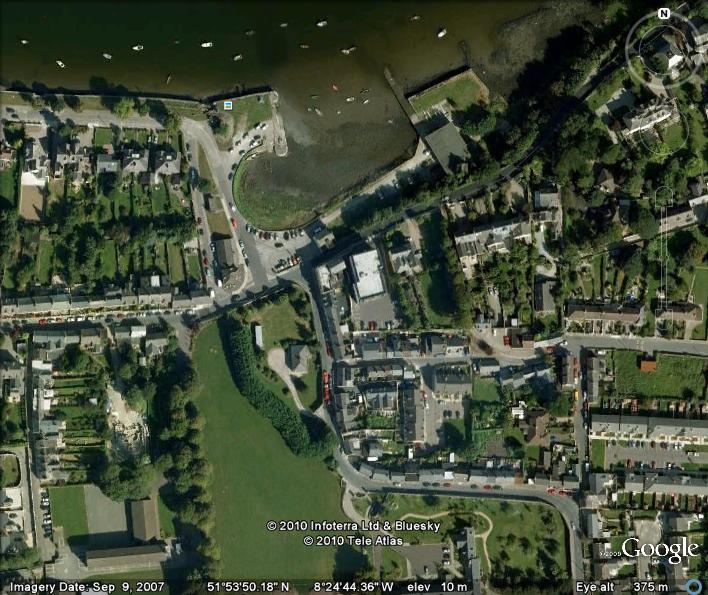
Kieran’s comments- In response to Cork City Council licensing a new pontoon to the Lee Rowing Club:
This is most welcome news. The Lee Rowing Club celebrates 160 years in existence this year. Reputedly, it is the second oldest club in the country after Trinity College Rowing Club. Charles Stewart Parnell was one of the Lee Rowing Club’s honorary members.
The Club has also won the coveted Leander Trophy twice in the twentieth century and continues to hold regattas at his home in the most sacred haunts The Marina. An endorsement such as licencing a new pontoon to them not only endorses the important place the Club has in the history of Cork sport but also the continued legacy, the Club plays in actively taking part in international regattas and the importance of investing in our young people in providing them with as many opportunities as possible, so that they can make their mark.
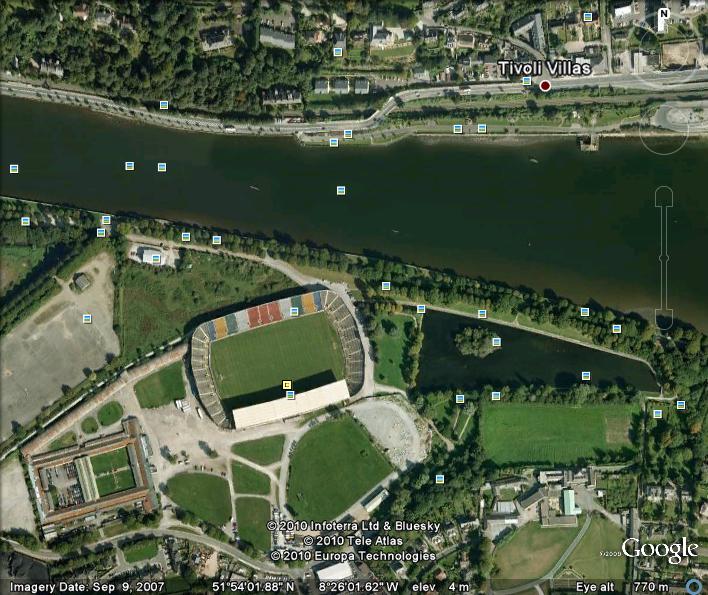
Kieran’s comments: In response to the debate in the City Council Chamber on the need for an event Centre:
I agree with the manager. There is an enormous need for a conference centre that will host 500+ people in this city.
Presently, the cheapest option is one of our hotels in our suburbs – Rochestown Park or Silversprings can accommodate 800 people max.
Just on the matter of a conference centre, I feel the concert hall could be used – harnessed more for conferences. If one tries to hire the Concert Hall for a conference, one has to hire your own tables and sound equipment plus get insurance – that all adds up.
I know with previous educational projects I have been involved in the city, it has been easier to take the event to a place like Silversprings where the equipment is in place. For example at a basic level at the moment the Concert Hall has no inhouse roaming mike. So City Council I feel itself is behind in making the Concert Hall more accessible as a conference venue.
Kieran’s Motions, Cork City Council Meeting, 29 June 2010:
That the site which is a public toilet on Merchant’s Quay be converted to a tourist pod, viz-a vis partial demolition. The arts bodies in Cork have an interest in taking such a facility over to promote Cork’s heritage and festival assets (Cllr. K McCarthy)
“That part of the Sustainable Travel initiative grant arising from the Department of Transport’s Smarter Travel Project Fund be given towards the heritage and artistic bodies within Elizabeth Fort. That this be given to create Elizabeth Fort and its environs as a central hub for the area’s heritage. The aforementioned bodies within the fort are anxious to put history murals on the walls of Keyser’s Hill and to develop a community project called Cork Begins Here, which aims to work with Cork tourism bodies, local community groups and local schools to raise awareness of Cork’s earliest history” (Cllr K. McCarthy, Cllr. M. Shields).
Question to the City Manager:
To ask the manager, what is the plan for the re-structuring of Bishop Lucey Park in light of the Christ Church renovations? (Cllr Kieran McCarthy)

McCarthy’s Community Talent Competition, 2010:
We has a fantastic evening on last Saturday night (26 June 2010) at Silversprings Convention Centre for the final of McCarthy’s Community Talent Competition, 2010 (2nd year). V. Well done and thanks to everyone who took part!
My thanks to the producer Yvonne Coughlan, assistants – Noelle O’Regan, Livy Riordan and Michelle Sheehan and the team of judges, our Cork rose for 2010 Laura Mitchell, Elaine Canning and Claire Mansfield.
Primary School Winners:
1.Saoirse Murphy
2. Cillian O’Sullivan
3.Chloe Riordan
Secondary School Winners:
1. Clover Boys, Shaun O’Donovan & Ryan Coleman
2. Leona O’Riordan
3. Eimear Merritt
